Colby Halloran was born and raised in Ann Arbor. She studied acting at Wayne State University’s Hilberry Gateway Theater and moved to New York City where she became an actress and playwright. Returning to Ann Arbor in 2006, she wrote about her life experiences. Her first book, The Northeast Corner, chronicles a chapter of her youth growing up in Ann Arbor from the late 1950s to the late 1960s. It was published in October 2024 by the Ann Arbor District Library’s Fifth Avenue Press.
A Moment with the Wonder Twins
I recently met with Danielle Groth and corresponded with Vicky Lovell, two of the co-founders of Angel Whispers Healing Center in Dexter. Angel Whispers aids in helping individuals and families in mind, body, and spirit. They are in the process of moving into a new space on Baker Road that will be home to an even larger collective for grief care, acupuncture, reiki, worship, and other healing modalities.
Planting the Seeds of Healing and Growth--Living Grateful
Upon stepping into the Living Grateful Behavioral Health Services’ soothingly sun-drenched office, you find yourself met with an array of beautifully assorted plants as if they have been waiting for you. Owner Bill Mure explains, “They create a sense of the peace and calm I feel.” He goes on to say, “I also use them as a metaphor for your healing. I tell my clients ‘In session is where we plant the seed of growth. Out in the world is where the seeds go to be nurtured. When you grow a garden, you have to water it, tend to it, and nurture it. Sometimes we must trim off the pieces that no longer serve us, so we can facilitate more growth.”
Bringing Youthful New Leadership to Jewel Heart: The Crazy Wisdom Interview with Spiritual Director Demo Rinpoche
Rinpoche has an impressive resume of lifelong monastic and religious studies starting at age five, when he entered Drepung Loseling Monastery in Mundgod. He officially joined the monastery in 1987 where he spent nearly thirty years of uninterrupted education in meditation, debate, memorization, philosophy, and composition under the Dalai Lama’s direct supervision. After completing his studies at Drepung, Rinpoche received the highest monastic degree of Geshe Lharampa from Gelugpa University in India in 2011. He continued his studies at Gyume Tantric College and was a visiting scholar under the auspices of the Dalai Lama at Sarah College of Higher Tibetan Studies in Dharamsala. At the request of the late Gelek Rimpoche, Demo Rinpoche came to the United States, where he received his master’s degree in Inter-Religious Engagement from Union Theological Seminary in New York City in 2018.
Preserving the Emerald Arc: The Legacy Land Conservancy Celebrates 50 Years
In 2021, the Legacy Land Conservancy will be celebrating its 50th anniversary. The Conservancy is a nonprofit, the first certified land trust in Michigan and one of the first in the nation, was originally named the Washtenaw Land Trust (WLT) and was founded in 1971 by a number of people in Ann Arbor to protect the Bird Hills Nature Area and other land along the Huron River. Legacy has grown from that modest beginning to holding 82 conservation easements and seven nature preserves, protecting over 9,200 acres of land in Washtenaw and Jackson Counties.
HumusFalafil: Sharing Culture, Cuisine, and Wisdom
My first bite of Middle Eastern gastronomy was around age fifteen. There was a lovely Lebanese woman in her seventies who owned a food cart in a small shopping mall. She made her falafel like giant vegetable burgers with hearty chunks of chick peas, tahini, fresh parsley, garlic, lemon, and other magical ingredients she had in her secret stash. She would not share her ingredients or recipes with me except explaining a little cultural background and what basic ingredients went into her tasty street food. Her kibbhe was not the traditional raw ground lamb though. She instead baked finely minced lamb and seasonings into a square patty that was quite thin and crispy. I cherished her food. I later found out she was an aunt of one of my friends.
Hands on Heart Healing with Julie Kouyate
Several years ago I was walking through the U-M Diag one warm summer evening and stumbled upon swathes of barefoot dancers undulating to the rhythms and harmonies of a large drumming crew. I was in awe of these powerful dancers and drummers, and the ways they all seemed to harmonize with joy, pleasure, and sincere effort that flowed from their hearts and was expressed through their limbs.
An Interview with Washtenaw County Sheriff Jerry Clayton on Holistic Approaches to Public Safety and Bias-free Policing
After working more than thirty years in the field of law enforcement, Washtenaw County Sheriff Jerry Clayton has become an international expert on such intransigent issues as bias-free policing, cultural diversity, and “subject control” arrest techniques. In 2016 Clayton represented the U.S. at a conference on community policing held in Barcelona, Spain, hosted by the Open Society Foundations. In 2017 Clayton again represented the U.S., this time at a conference in Geneva, Switzerland, sponsored by the United Nations High Commission on Human Rights. In February of 2018, Clayton participated in a U.S.-U.K. exchange in London, focusing on building leadership for fair and effective policing.
The Art of Humanizing Robots: An Interview with Cre Fuller
In the heart of Ypsilanti is an artist’s studio that feels, at times, both rooted in the future and the past. Glass eyes of various colors stare at you from every direction. Dentures riveted into metal figures bare wild grins. There is a nostalgia here; a feeling of things lost and found again. But there is also a sense of creation, of assemblage. It is a peek into a modern-day Dr. Frankenstein’s mind. A human-meets-robot dreamscape brought to life in rivets and metal. This is Cre Fuller’s studio.
The Art of Humanizing Robots: An Interview with Cre Fuller
By Cashmere Morley
In the heart of Ypsilanti is an artist’s studio that feels, at times, both rooted in the future and the past. Glass eyes of various colors stare at you from every direction. Dentures riveted into metal figures bare wild grins. There is a nostalgia here; a feeling of things lost and found again. But there is also a sense of creation, of assemblage. It is a peek into a modern-day Dr. Frankenstein’s mind. A human-meets-robot dreamscape brought to life in rivets and metal. This is Cre Fuller’s studio.
Christopher “Cre” Fuller, 46, didn’t plan on building tin creations for a living. In fact, when he graduated from Mt. Pleasant High School, he went into building chimneys with his father, and later, working at Whole Foods when he moved to Ann Arbor in 1997.
“Like most corporate jobs, it could be frustrating, but I valued my time there,” Fuller said. “From there, I went to Plum Market, in a similar capacity, and tried my hand at the wholesale racket. I’m good at helping people and being honest and genuine. Wholesale was a bit of a smarmy… you kind of have to be greasy. And I wasn’t good at that.”
But he was good with his hands. After saving money and leaving that job to invest in himself and his art, Fuller decided to spend time chasing after a job that would be more fulfilling.
“I think I’d had every creative hobby under the sun. Around 2000, when I bought the house I still currently own, I spent all my money on the house, so I just needed an art. I had seen things around, you know, people making humans and robots out of junk and trash and whatnot, so I just decided to try my hand at it.” The first robot Fuller created was around 2000, 2001. To date, Fuller guesses he’s built around 600 robots. He’s best known as the guy that makes the “Tin Angry Men,” a name he’s trying to distance himself from. His web presence only bares his name, and no mention of the moniker, since Fuller doesn’t feel it fits his creations anymore.
“At the time, I set up a little spare bedroom for all my glasswork and jewelry making. As I went along, I would make these little robot creations. I never took it too seriously. They were just little gag gifts and things like that.” Fuller said. “But I’ve always liked taking things apart, as a little kid, seeing how the guts work. What does what. So taking things apart wasn’t a stretch for me. And then just kind of reimagining what those parts could be once you have them unassembled, or disassociated from their previous purpose, whatever that purpose was,” Fuller said.
“I tend to gravitate toward vintage aluminum, I can get the look of it that I want, I can either keep it brushed and have it kind of dull and matted, or I can polish it, into a chrome-like shine. It has that mid-century vintage feel already, and a lot of the things I prefer to use, is early century stuff.”
Fuller frequents places like Recycle Ann arbor, and local antique shops to find his goods, though he admits it’s been a bit harder to find pieces as of late since he’s “depleted the local supply.”
The Ann Arbor/Ypsilanti area welcomed him and his creations with open arms. “In Ann Arbor, people value art,” Fuller said. “And in its soul, it’s got people that respect and applaud the art. Ypsi has this humongous heartbeat of art and people who appreciate and applaud it.”
His work can be assembled quickly, if Fuller has the right parts.
“If I have all the stuff just sitting there, I can get a simple piece done in a day,” Fuller said. “Taking the time to let paint dry, and to let glass eyes cool, I can get a small piece done in a day. But sometimes, I’ve searched for those parts for a year. A huge component of this, of any assemblage artist, is their pile of goodies.”
While he does consider a lot of his work as “assemblage,” Fuller also admits that not all of his work falls under that category in art shows, so “found art sculpture” is also an acceptable way to describe what he creates.
If you look at his work, there’s a sense of past-meets-future. “I think I was just trying to make that ‘50s version of a future robot. You know? Certainly, a departure from the modern take of robots. That’s what I really wanted to do: [embody] the romance of the vision of the future. When I first started doing this, I wanted them to look like vintage robots from the future. Cross between a little bit Star Wars, a little bit Mystery Science Theatre. I was always a fan of MST. The guy just made robots from crap laying around the shop, and that’s exactly what the deal is over here.”
For a vision that personifies parts of the past, Fuller’s work seems to capture the minds of young and old in the present. “I was surprised by how much of the population were into robots: whether they knew they were, or they found out they were from looking at my work,” Fuller said. “Certainly, young kids, boys and girls, all love it. The lamps I make, I try to make them touch sensitive, to turn them on. The kids love that. So do comic book nerds, movie geeks, sci-fi people. I consider myself part of the tribe there.”
But his work doesn’t stop at robots. Fuller considers himself an artist and event-organizer, who describes himself as a “jack of all trades, who can handle just about anything,” with other projects including Dypsi, an indie art far in Ypsilanti, and simple, vintage-looking light up signs for personal use as well as business. Fuller has made signs for Side Tracks and Wurst Bar in Ypsilanti.
Fuller said, “When I’m working on a piece, I like seeing the personality develop and unfold. Right when I’m done with one piece, I put it on a shelf, and I turn around and start on the next one. I like seeing them come to life. And I like moving on to the next one. And I like learning from the last one. I think it helps the evolutionary chart, if you line them all up, you can see how they all progress.”
One of Fuller’s muses is H.R. Giger, the Swiss artist most recognized for his work on the film Alien.
“He was just a weirdo and had a dark style, all that biotechnical stuff. It struck a chord with me as a kid.” Fuller said. “When I’m looking to build something, I’m looking for shapes, maybe some texture… just something I can remove from its original purpose and misplace it. Maybe I don’t see it right away, maybe later.”
As of late, his work has taken on a different feel, thanks to the glass eyes and dentures he’s inherited from friends, family, and locals who fell in love with his work.
“I started getting dental molds, plaster casts, usually used, all busted up,” Fuller said. “I think I was discussing this at one of my Dypsi shows, and one of the onlookers said, “Hey, I have some of my father’s old dentures. Would you like those?” and I’m guessing he doesn’t need them anymore… so I was like sure.”
Fuller said he hung onto those dentures for a few years as he gathered the right parts and pieces for the robot he wanted to make. “I waited until I had a couple of cool pieces to go with it because I thought those were special,” Fuller explained. “It helped normalize that person’s life.”
“People were like ‘what the hell is this guy doing?’” When I completed the piece with the dentures, it turned out really, really good. It was one of my favorite pieces. It was creepy, it was cool, I felt like I had made a complete piece. I was happy with it. I ended up finding her email, sending her a picture of the piece, telling her, ‘I finally got around to using your father’s dentures, I hope you approve, had a lot of fun…’ and she just loved it, her uncle ended up buying it for her. When I talked to her, she ended up sending me a picture of her father, and I swear to god it was so creepy, how much it looked exactly like him. It was an old man, bald, kind of gaunt, and that’s exactly how the piece ended up looking. I was like… get this thing out of here.”
But the dentures weren’t the beginning of wild part-human, part-machine creations. “The one with my aunt’s glass eyes, that was the precursor to starting to get really weird with it,” Fuller said. “My aunt has a glass eye, apparently you have to get them replaced because your physiology changes, so she has some glass eyes and I was like, “Aunt Sally, you have to give those to me,” because she was talking about throwing them away, I thought that was absolutely crazy, you don’t throw away glass eyes.” Fuller said. So he decided to incorporate them into his work.
“She’s tickled pink about me using it. It was the gateway of getting super weird. Then the teeth… the way the whole thing came together. Kismet-ly looking like him. That was probably the weirdest thing I’ve ever made.”
For Fuller, there’s a humanness to what he creates. “You can go online and buy [glass eyes or dentures] and there’s a million of them out there. But that’s not the point of what I do. I’ll search eBay for some stuff, but things like that I don’t want to buy. It’s not the point,” he said.
“The way I make something personal is like if you have a certain piece of kitchenware that grandma used to use. Something that has her soul in it. His or her soul. A lot of the times, I’ll find an old biscuit cutter where the wood’s all worn away. I just picture someone in the 50’s, 60’s, little old grannie or whoever, cutting biscuits out with love, wanting them for her family or grandchild, so that love, that energy is in that handle. When I look for pieces, I look for stuff like that. Pieces with scuff marks, the handle that has seen so many biscuits cut. It’s hard to make something look like someone, but there are ways to instill their soul in something.”
To see more of Cre Fuller’s work follow his Instagram @crefuller or visit him online at www.crefuller.com. Contact Fuller at tinangrymen@gmail.com
Related Content:
An Interview with Billie Wahlen, practitioner of the Sat Nam Rasayan® Healing Technique
Sat Nam Rasayan is the name of a sacred healing technique that has recently become available in Ann Arbor, through Billie Wahlen (also known as Mohinder Singh). Wahlen is a gifted healer and massage therapist, and is well-established and known in Ann Arbor’s healing and bodywork subcultures.
The Crazy Wisdom Interview with Dr. Molly McMullen-Laird and Dr. Quentin McMullen, Founders of the Rudolf Steiner Health Center, on Anthroposophic Medicine
Quentin McMullen and Molly McMullen-Laird are a husband-and-wife doctor team and the founders of Rudolf Steiner Health Center, which is one of Ann Arbor’s leading alternative medical practices. Now celebrating its 20th anniversary, Steiner Health is unique as a “community-supported medical practice,” and it focuses on anthroposophic medicine, which combines conventional and integrative approaches to medicine and is based on the teachings of Austrian philosopher Rudolf Steiner.
Marrying Dance and Yoga--An interview with Navtej Johar
Interview with Navtej Johar (E-RYT 500) a senior and longtime student of TKV Desikachar. A dancer by profession, he has been teaching yoga since 1985. He is the founder of the Poorna Center for Embodied Practices and also teaches at Inward Bound Yoga in Ann Arbor.
Webster Farmers Market: Preserving a Historic Neighborhood through Farming, Food, Craft, and Community
When my friends told me about a Sunday Winter Farmers Market, my husband and I jumped in the van and headed to Webster Township. It was a particularly cold day. Thankfully, aromatic hot coffee greeted us at the door. Violet Raterman, one of the market managers, helped us navigate the market for our first visit. The entire experience was moving for some reason, but I could not put my finger on it. I had to find out more about the people behind this market and the space in which it thrived.
Conversation with ShuNahSii Rose About Changing How We Relate to the World Around Us
ShuNahSii Rose is the creator of In Sacred Balance. Now in its 27th year, In Sacred Balance offers a model of a “sustained inter-generational feminist spiritual community” with deep Ann Arbor roots. The magic ShuNahSii creates is palpable and necessary, a healing balm for the soul of the world. I met her for coffee and to chat about her passion for restoring relations between humanity and other inhabitants of our world.
















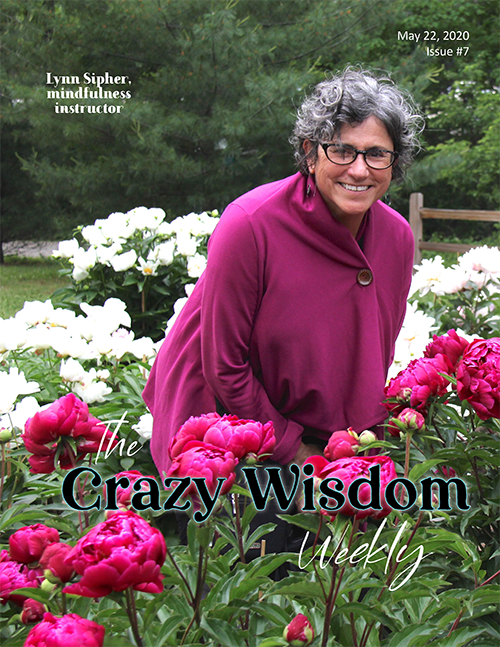



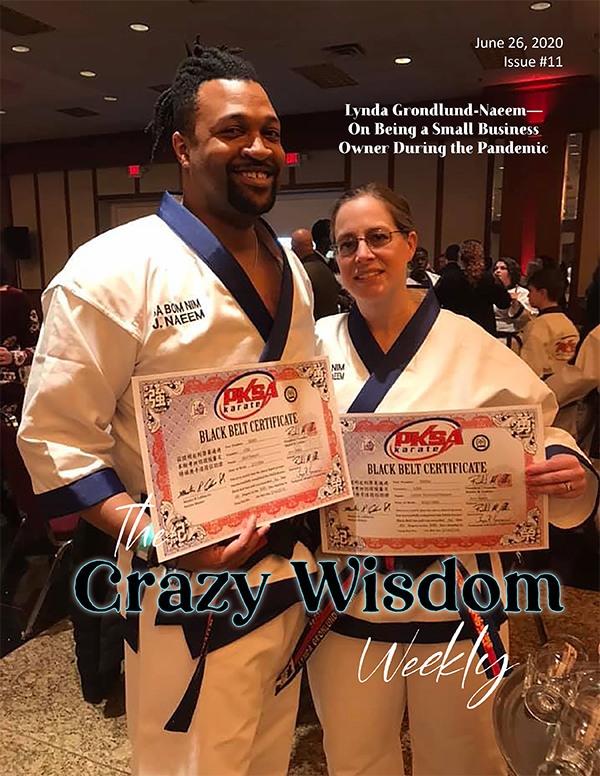
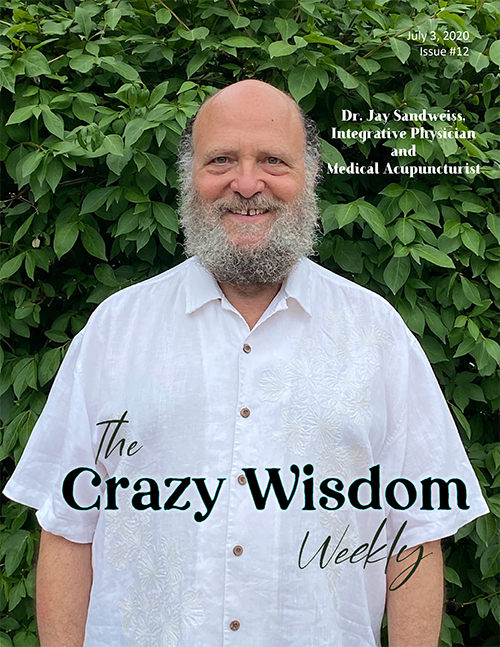
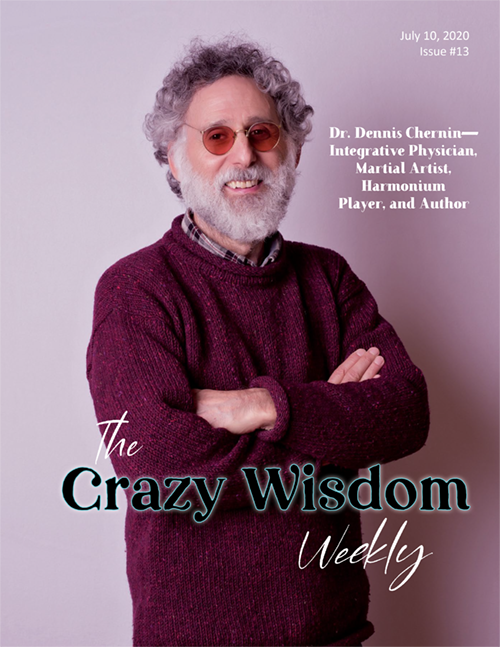
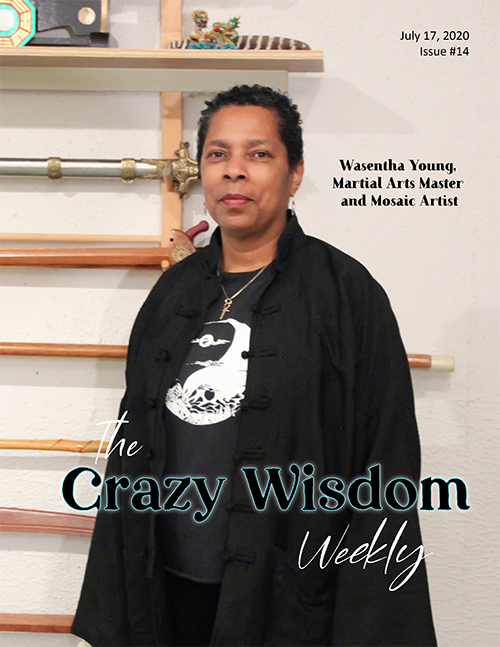
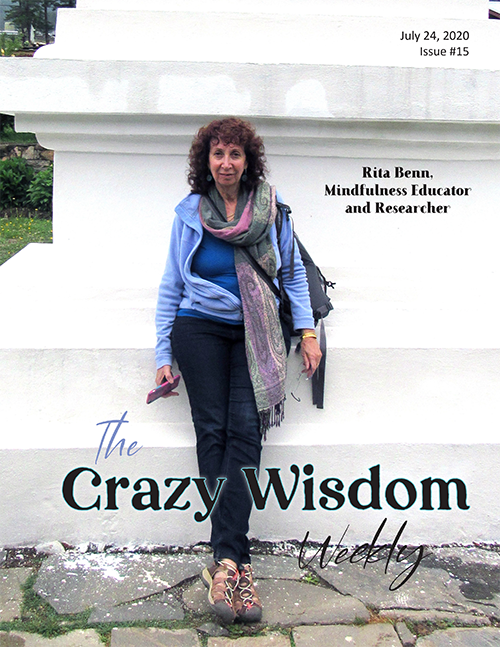




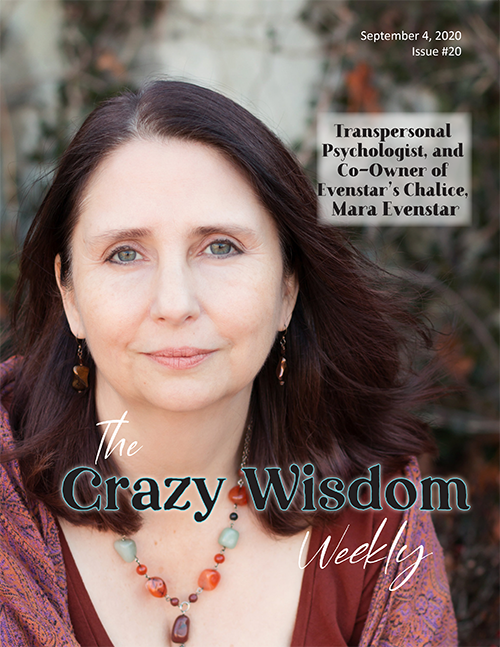

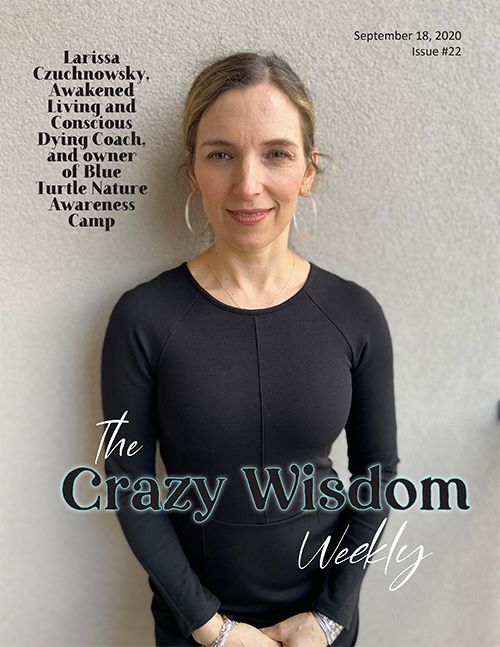
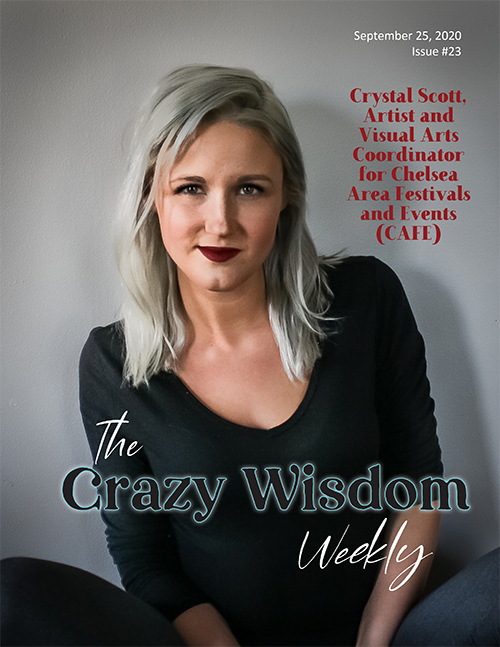

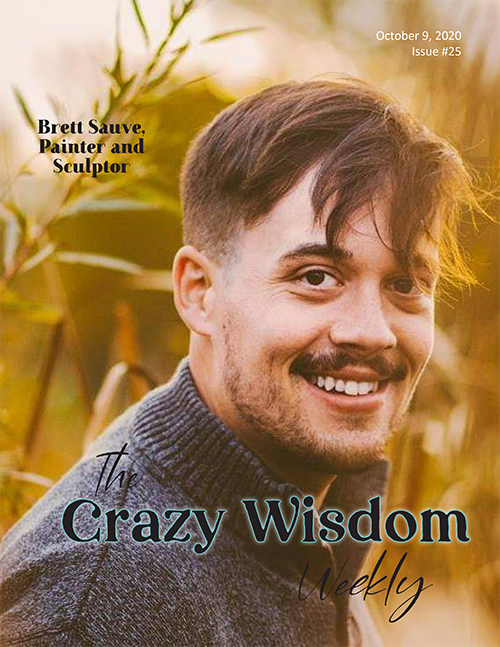
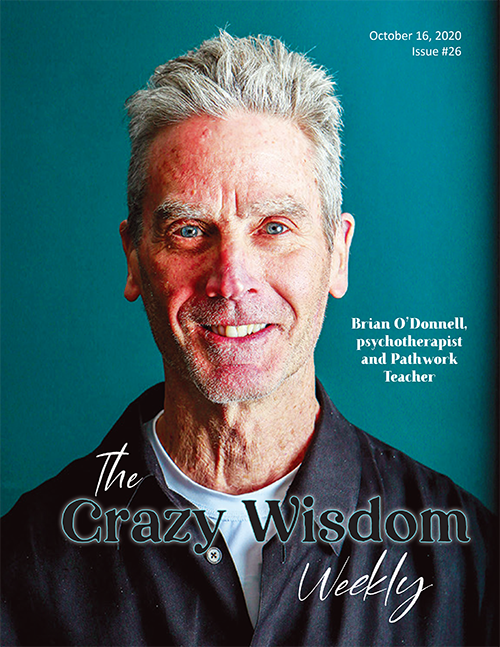

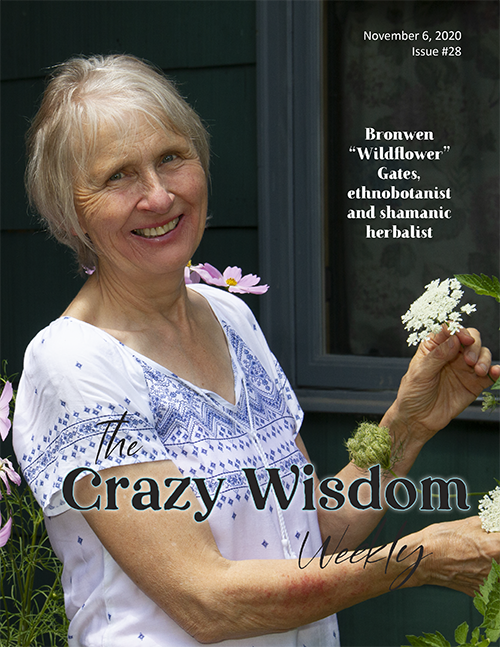
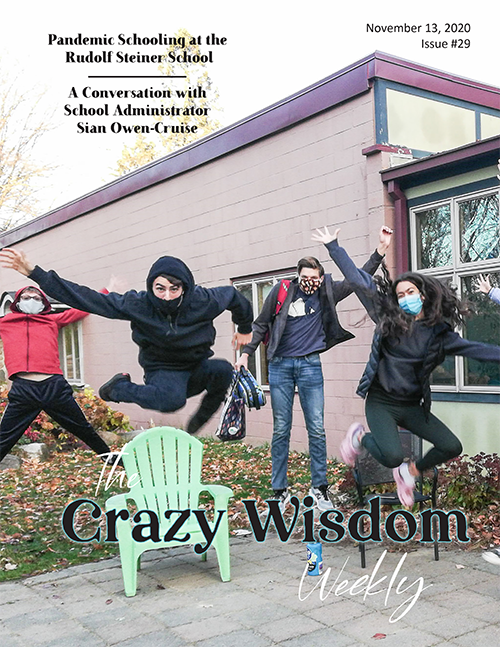
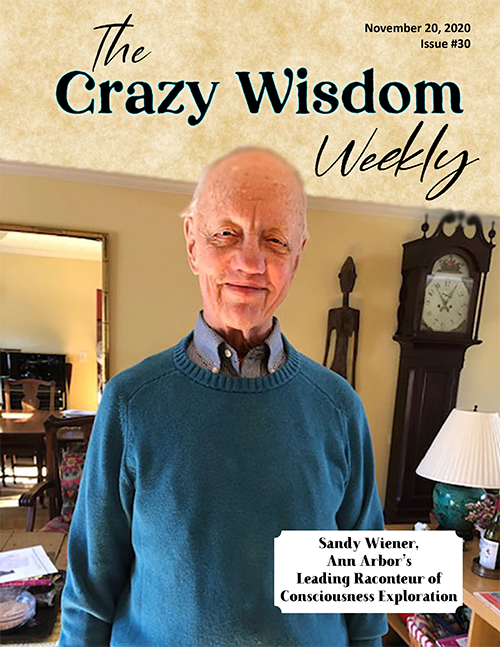
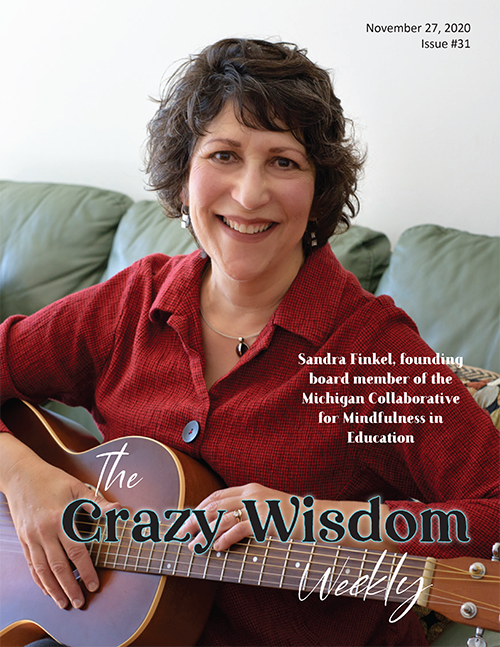
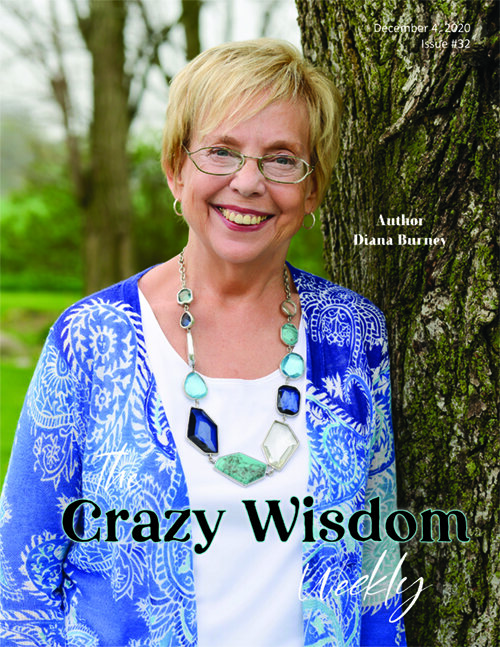

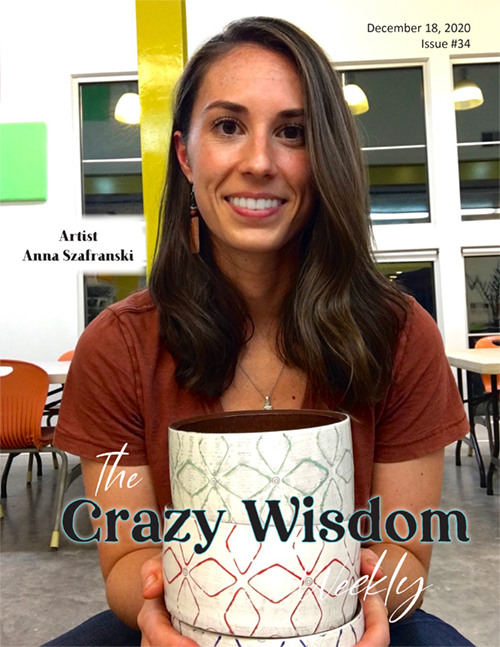


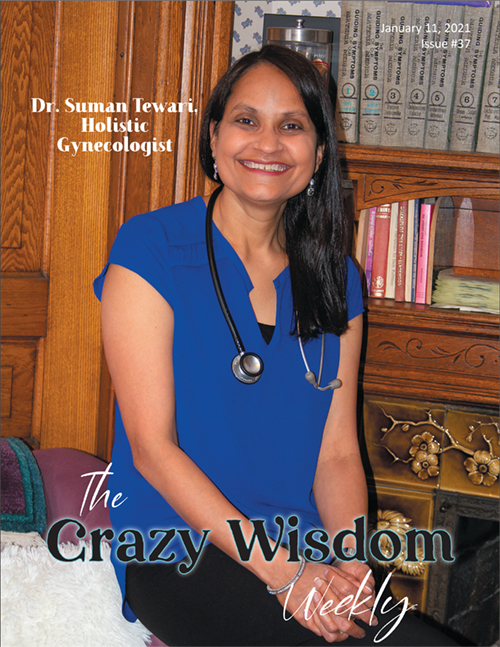
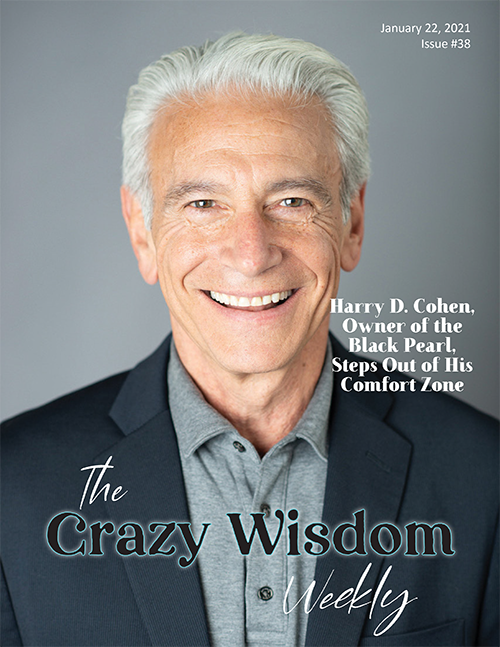


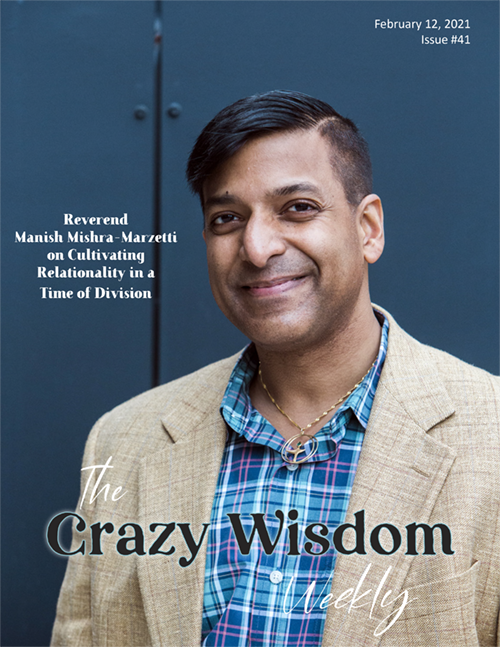





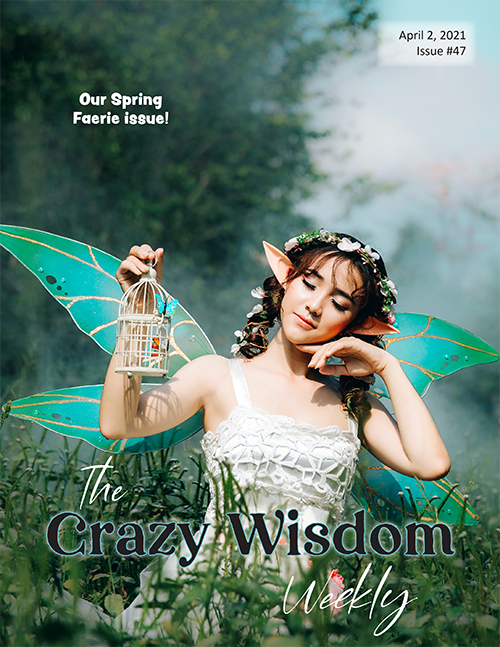
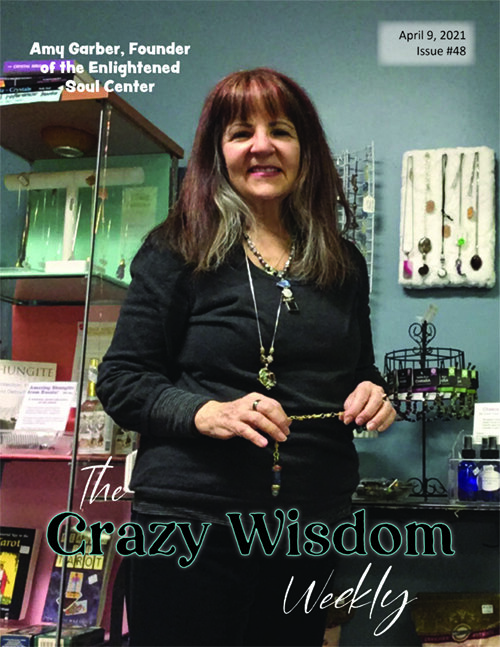

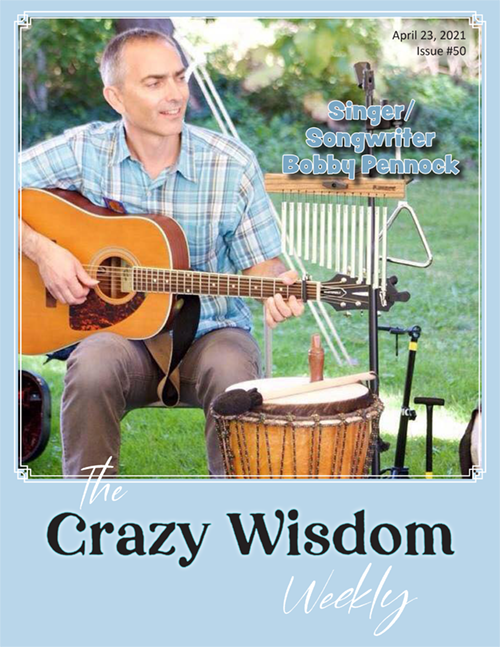
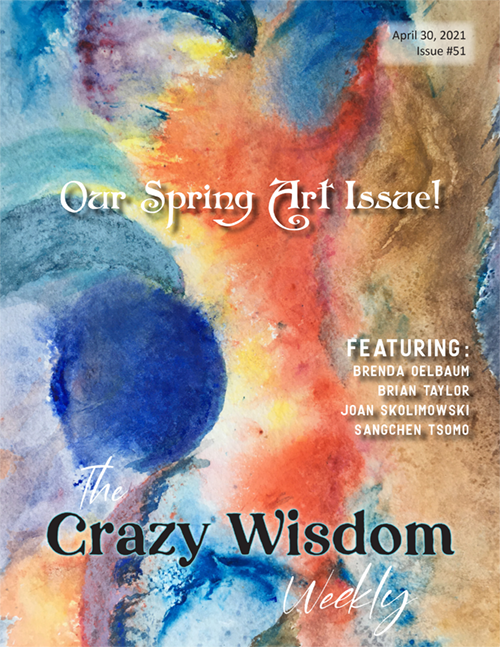




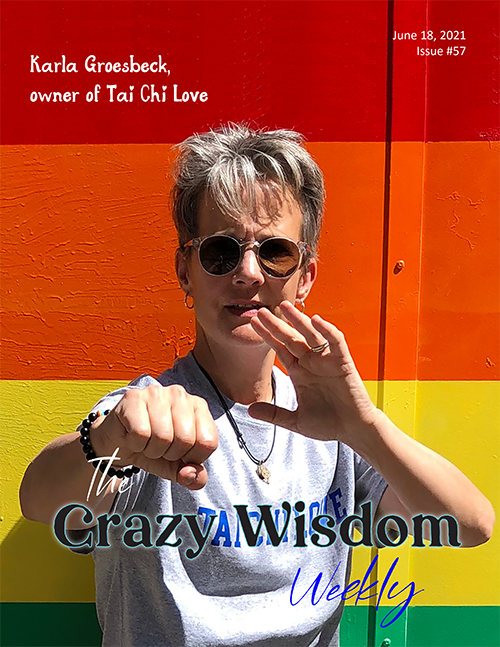

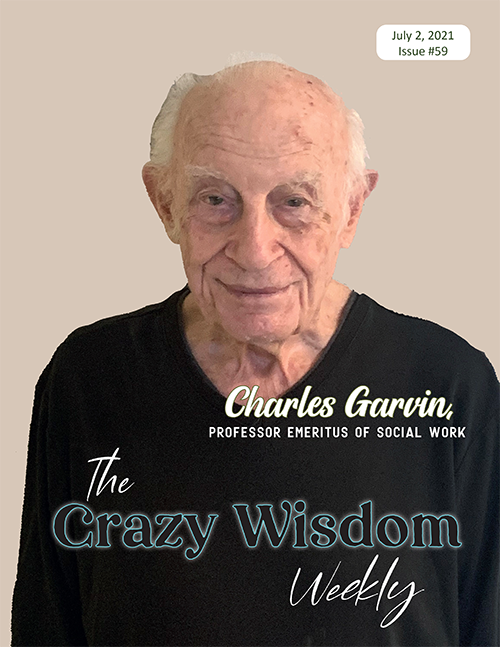



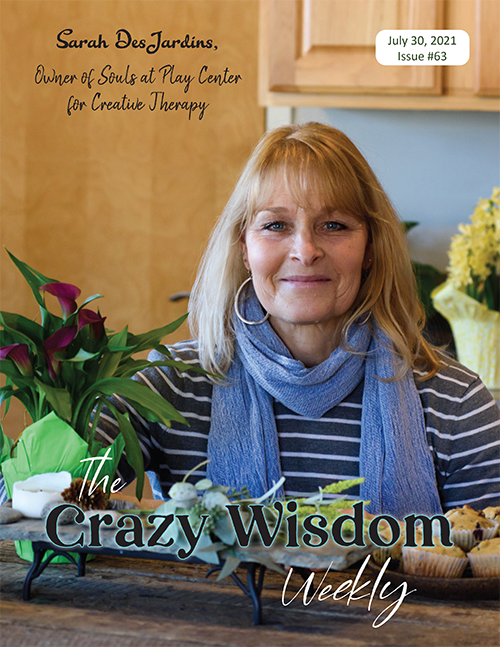
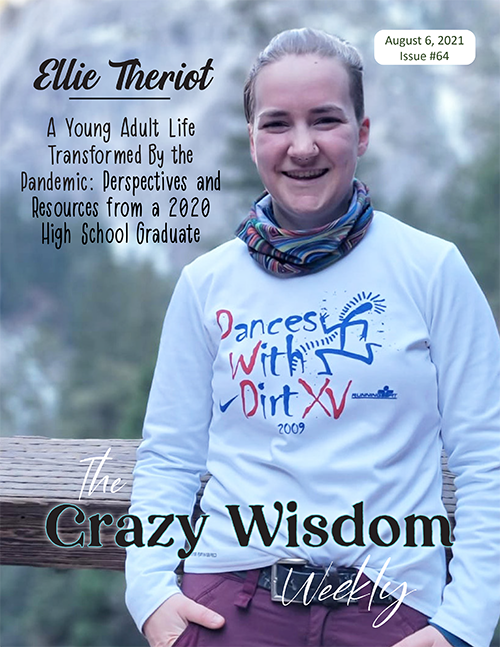







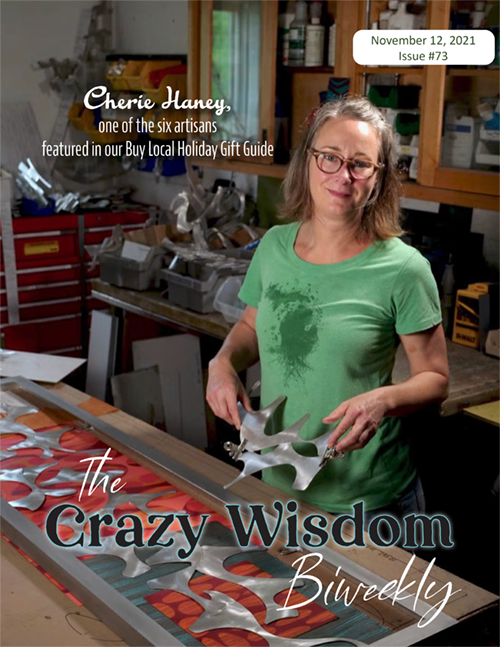






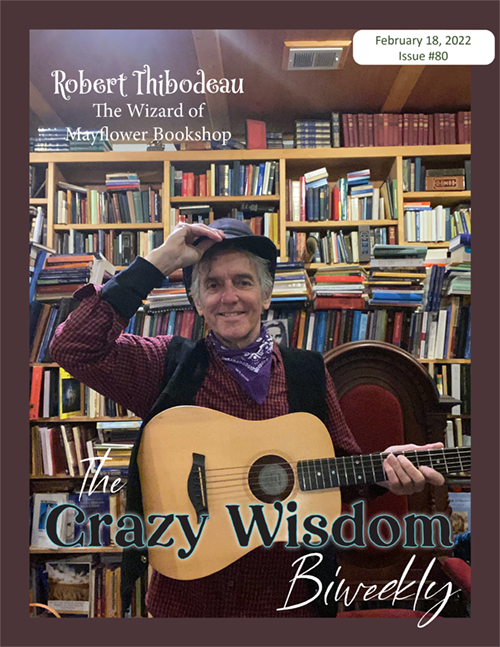


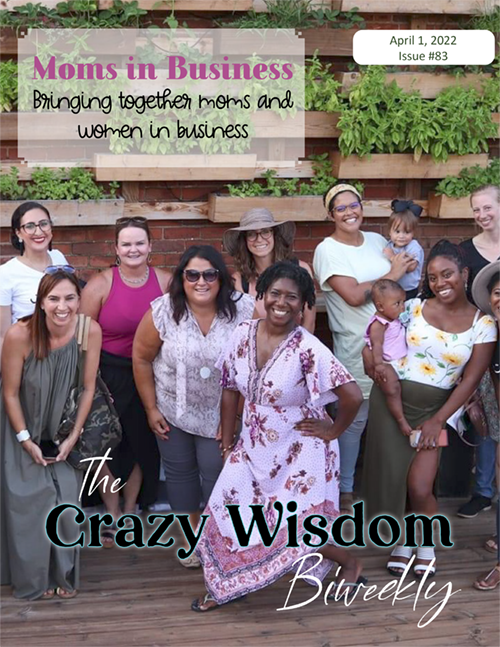




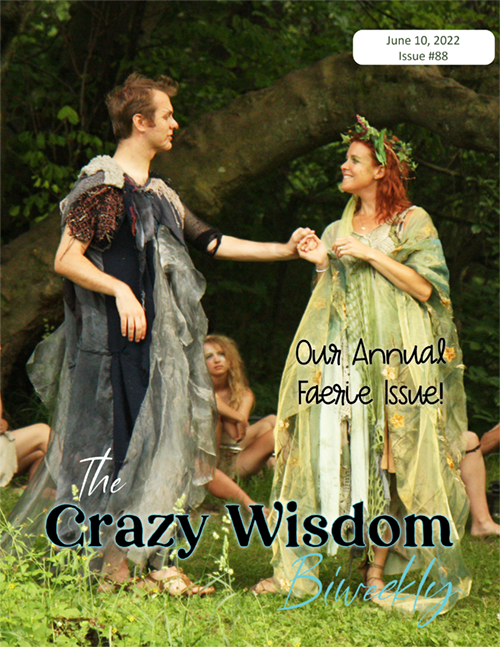



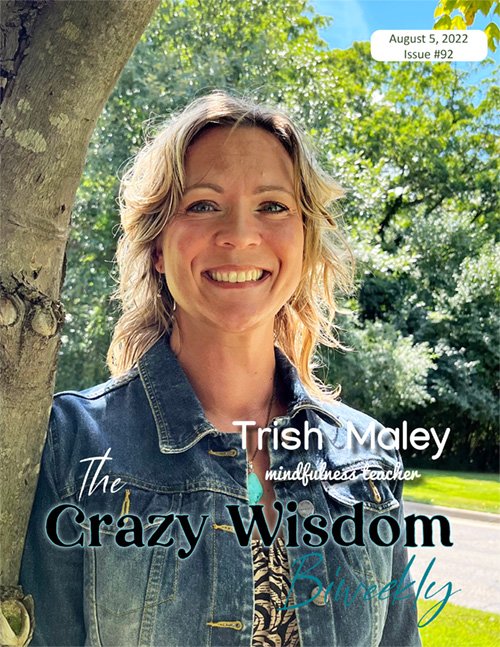
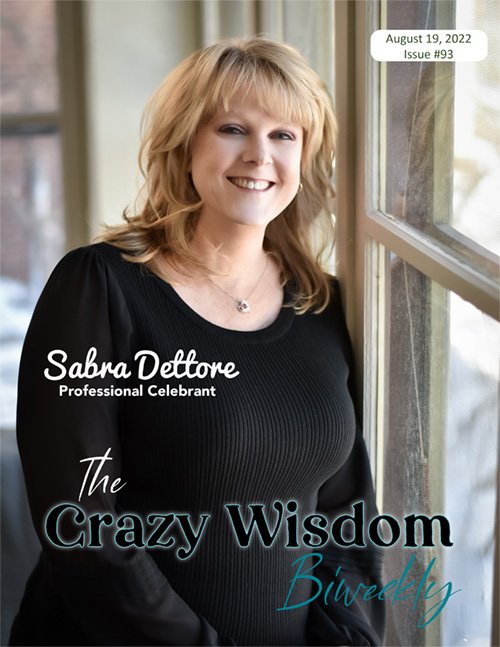

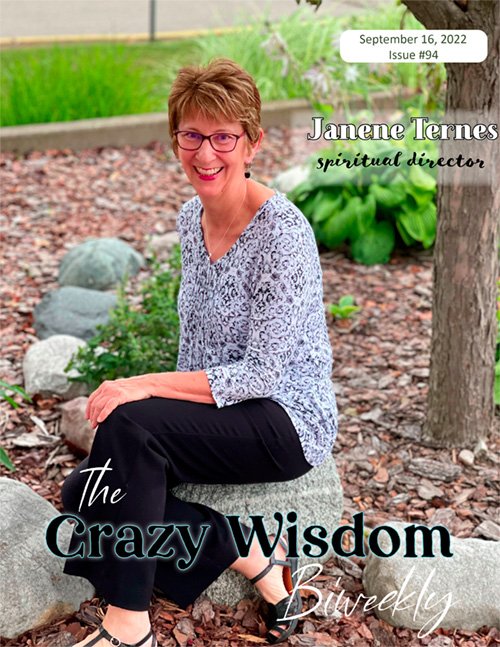

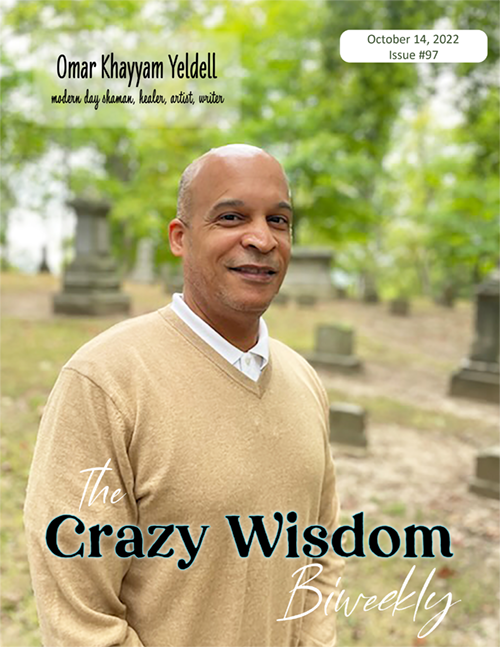



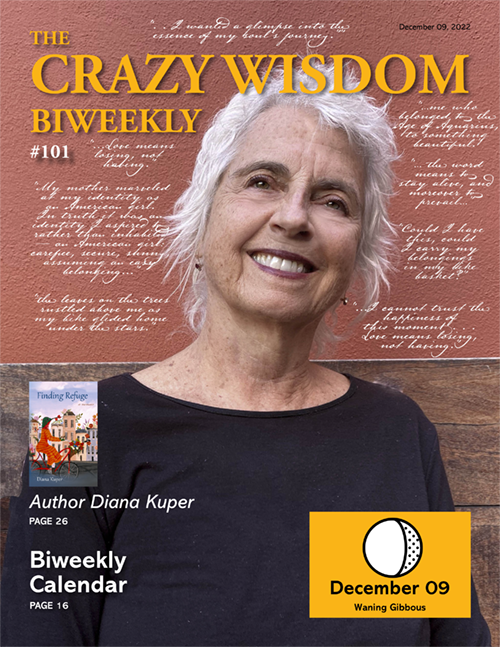








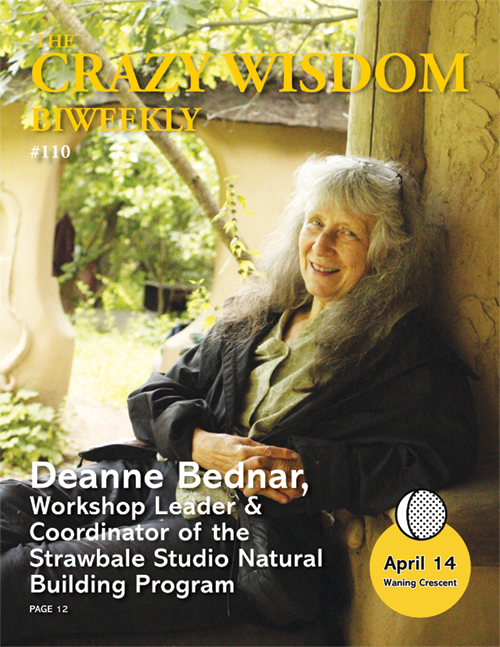
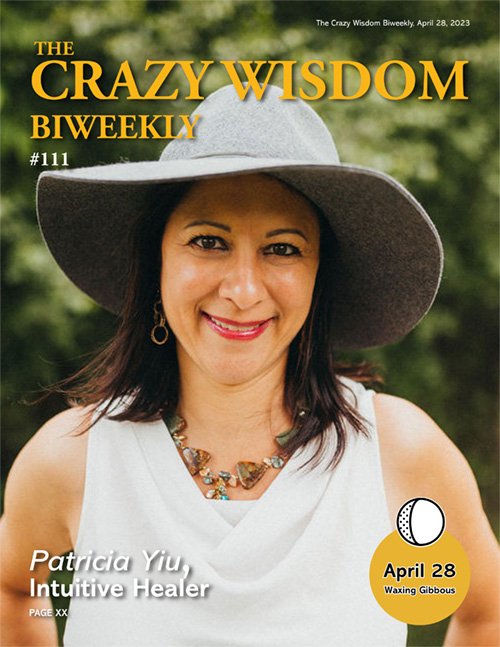


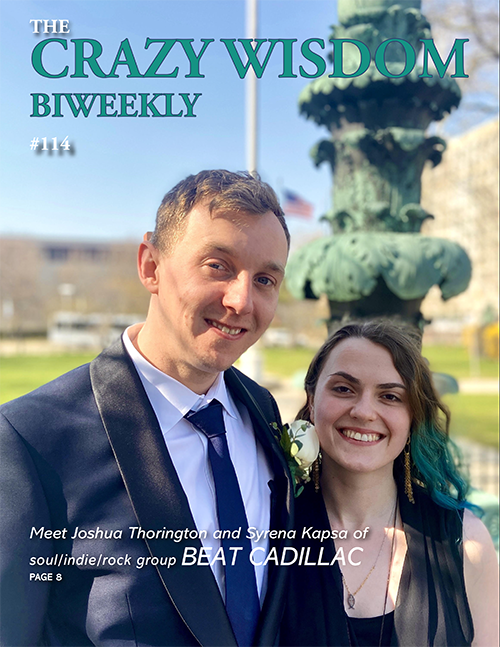

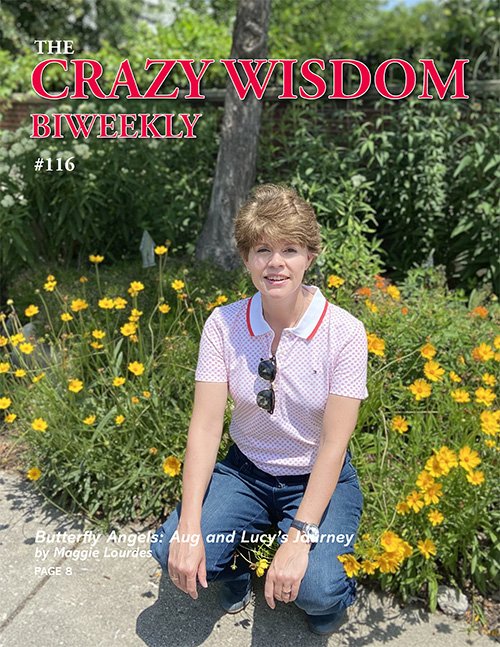

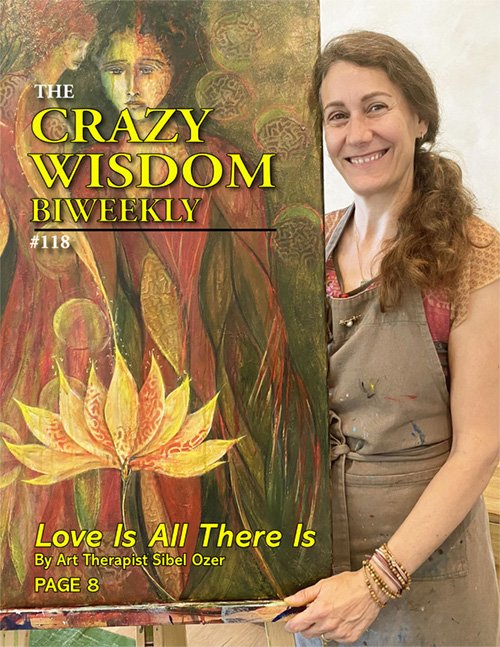
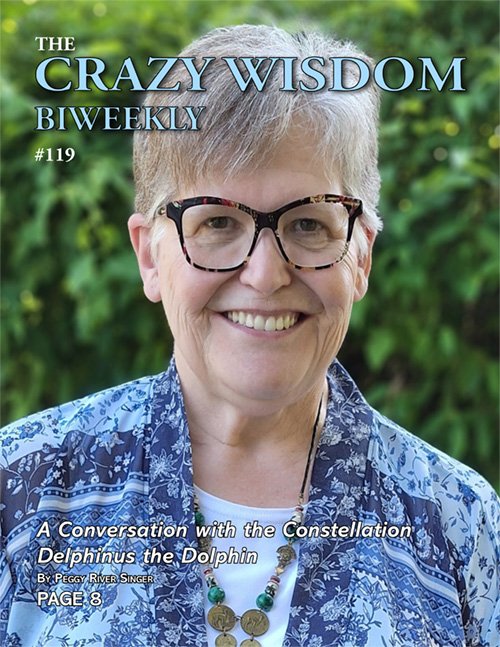



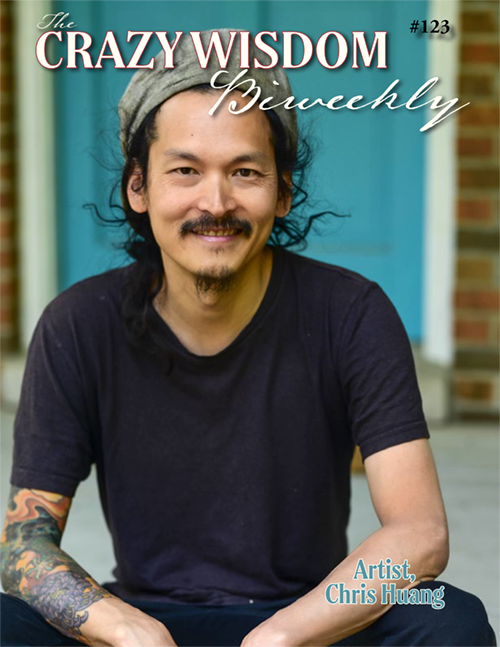





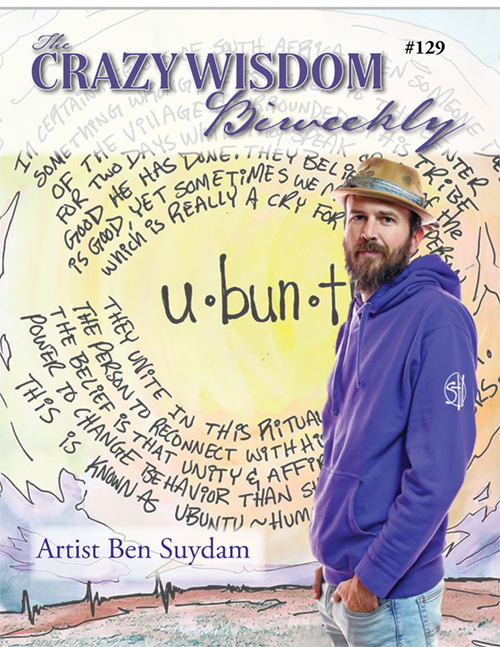
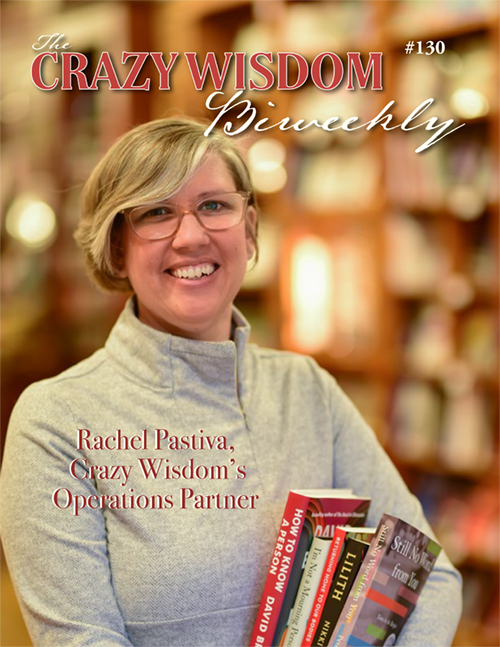





















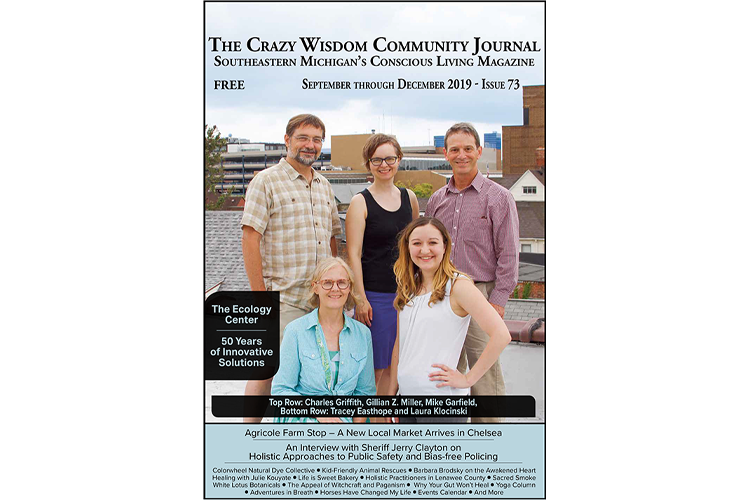
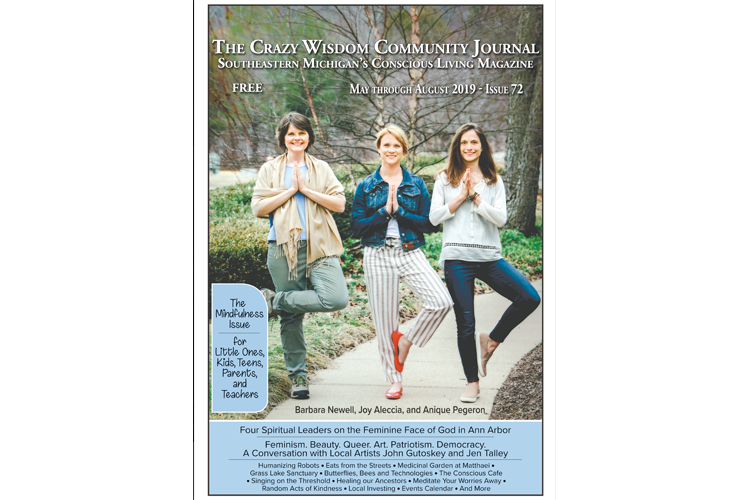
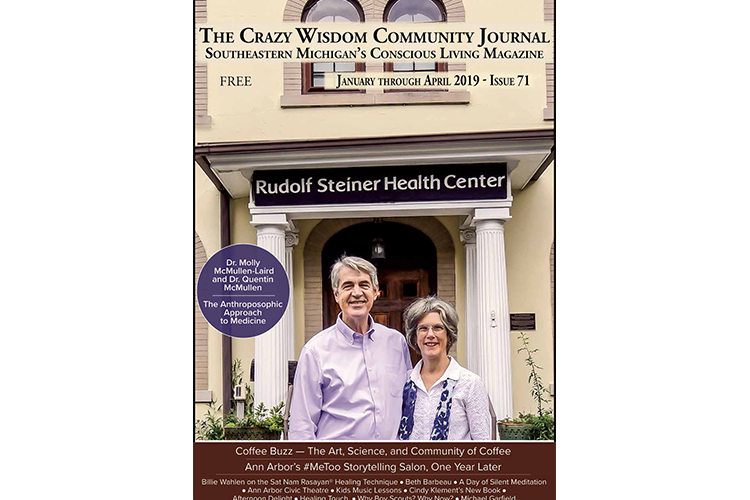

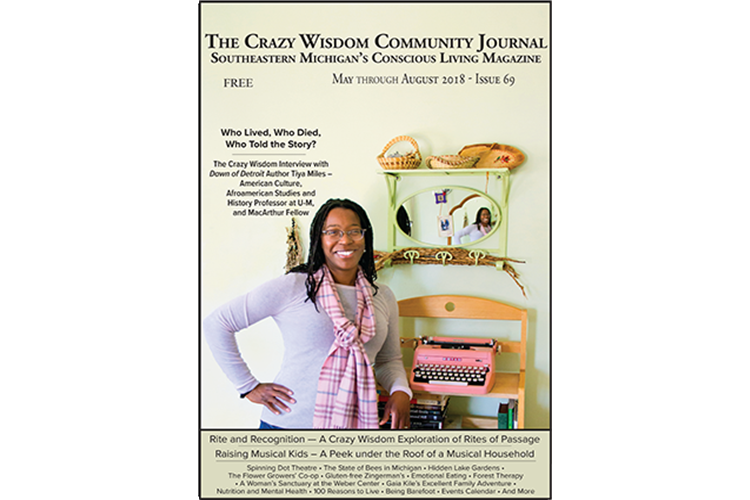
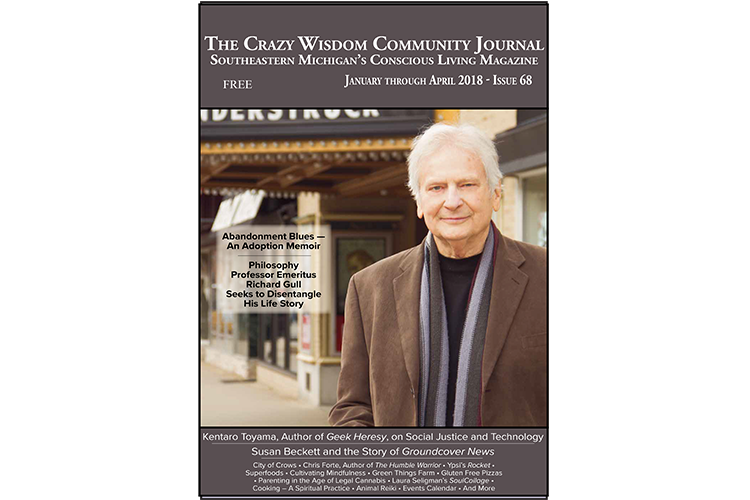
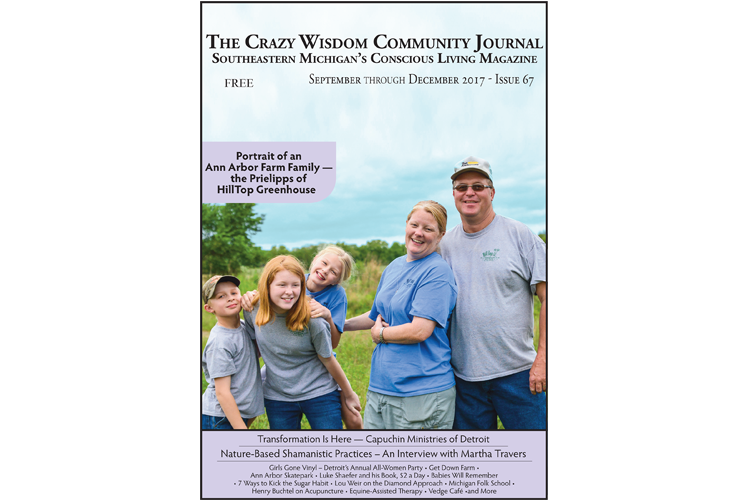

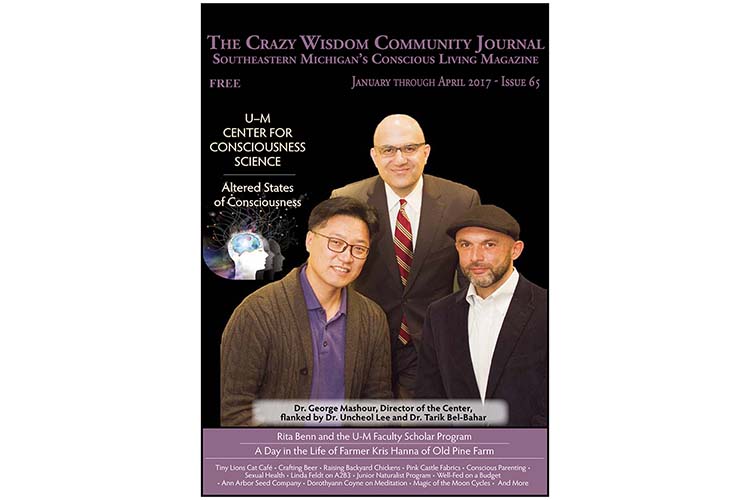
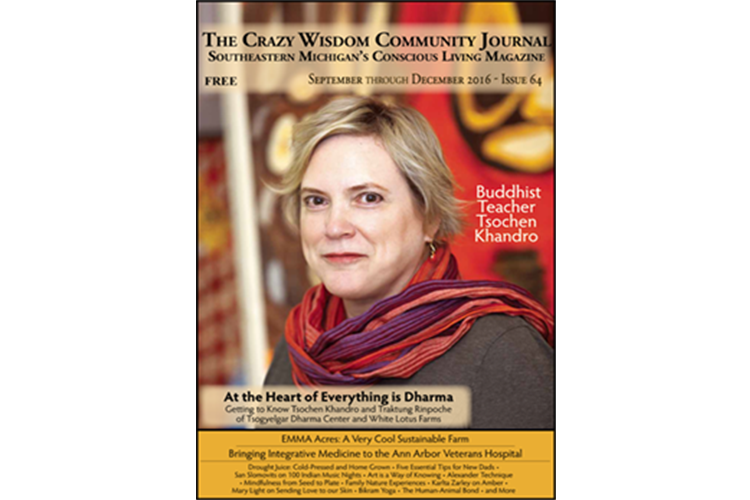

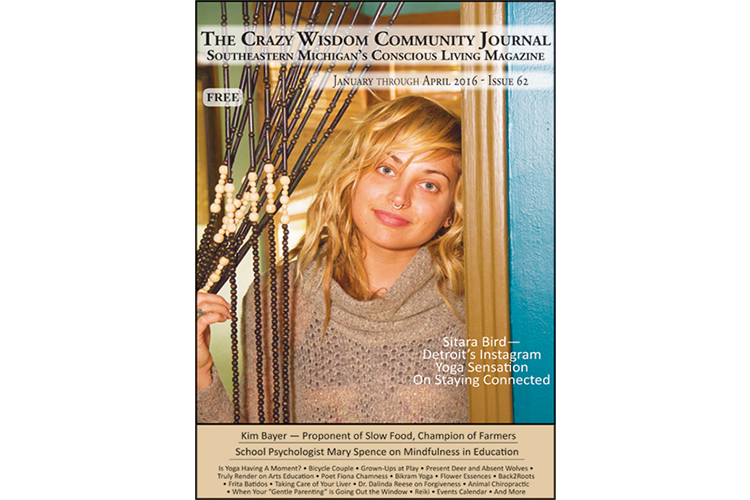




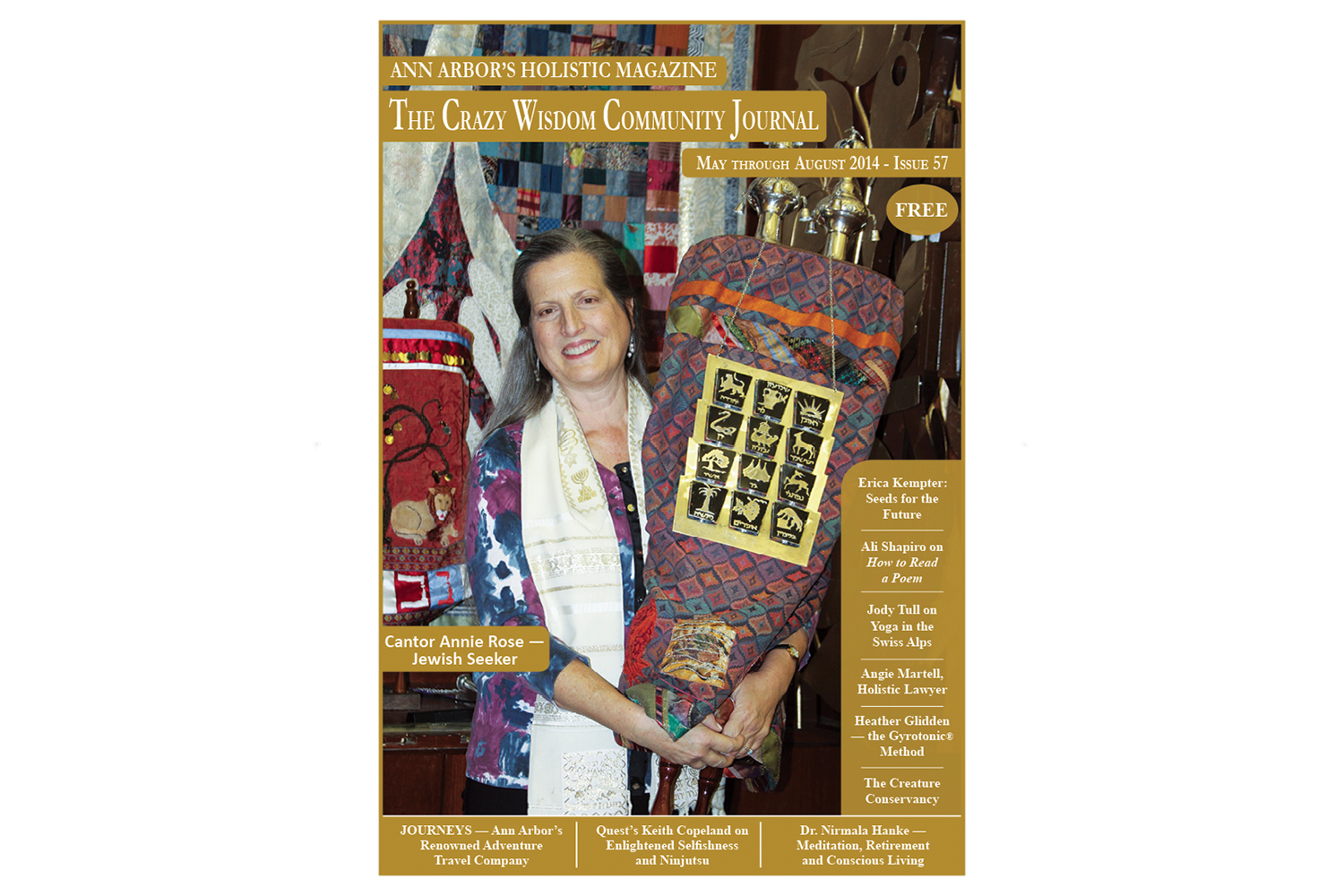


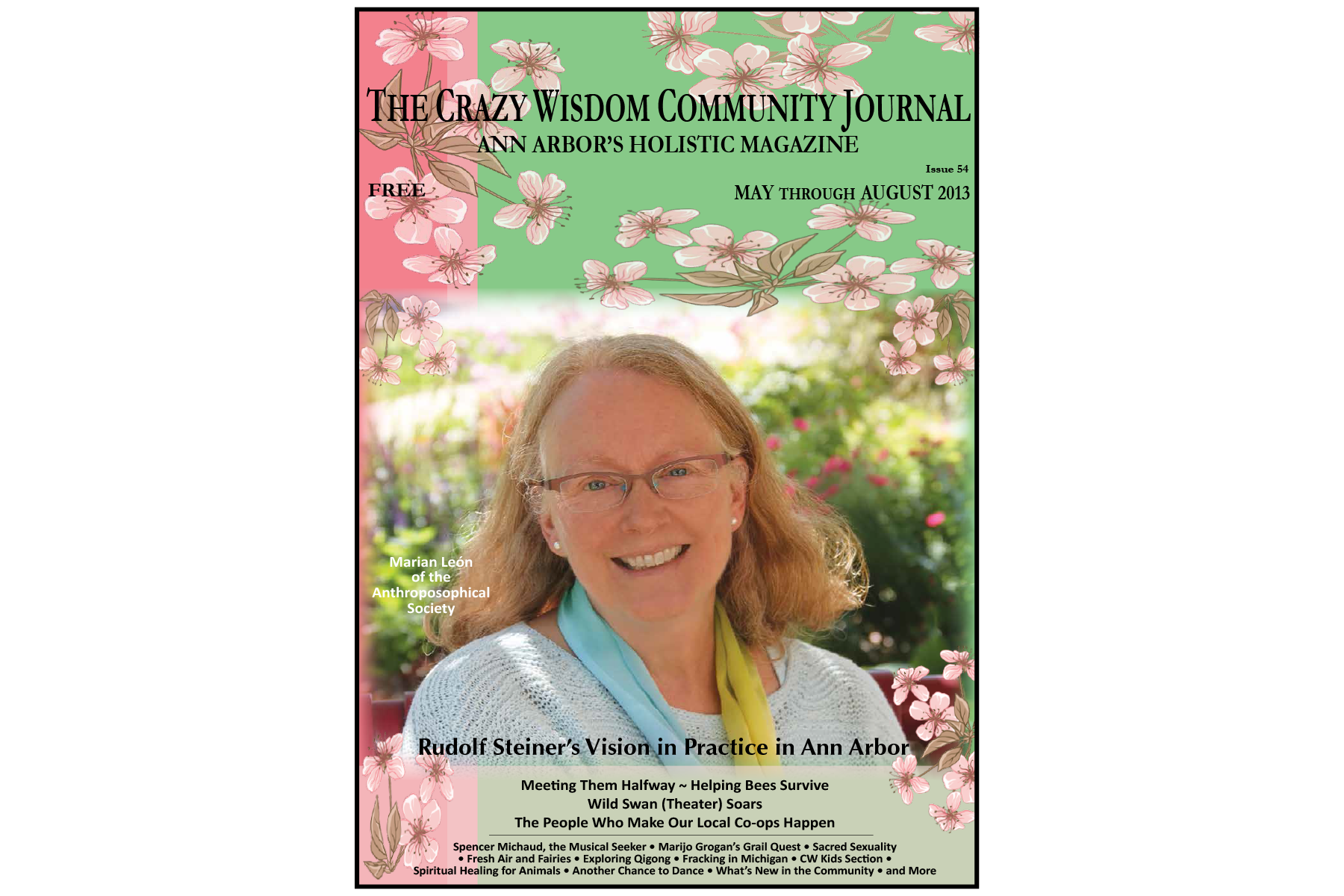

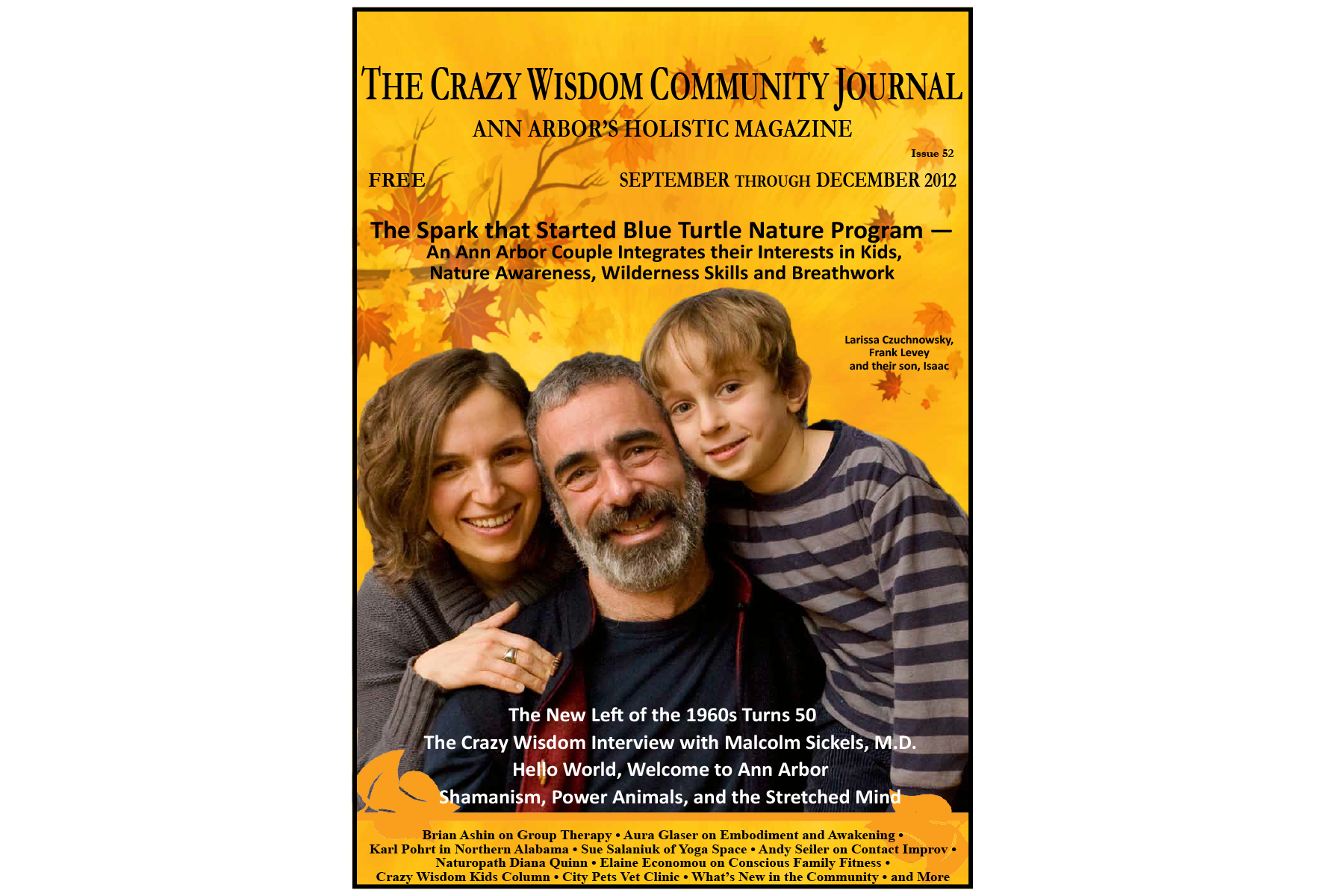
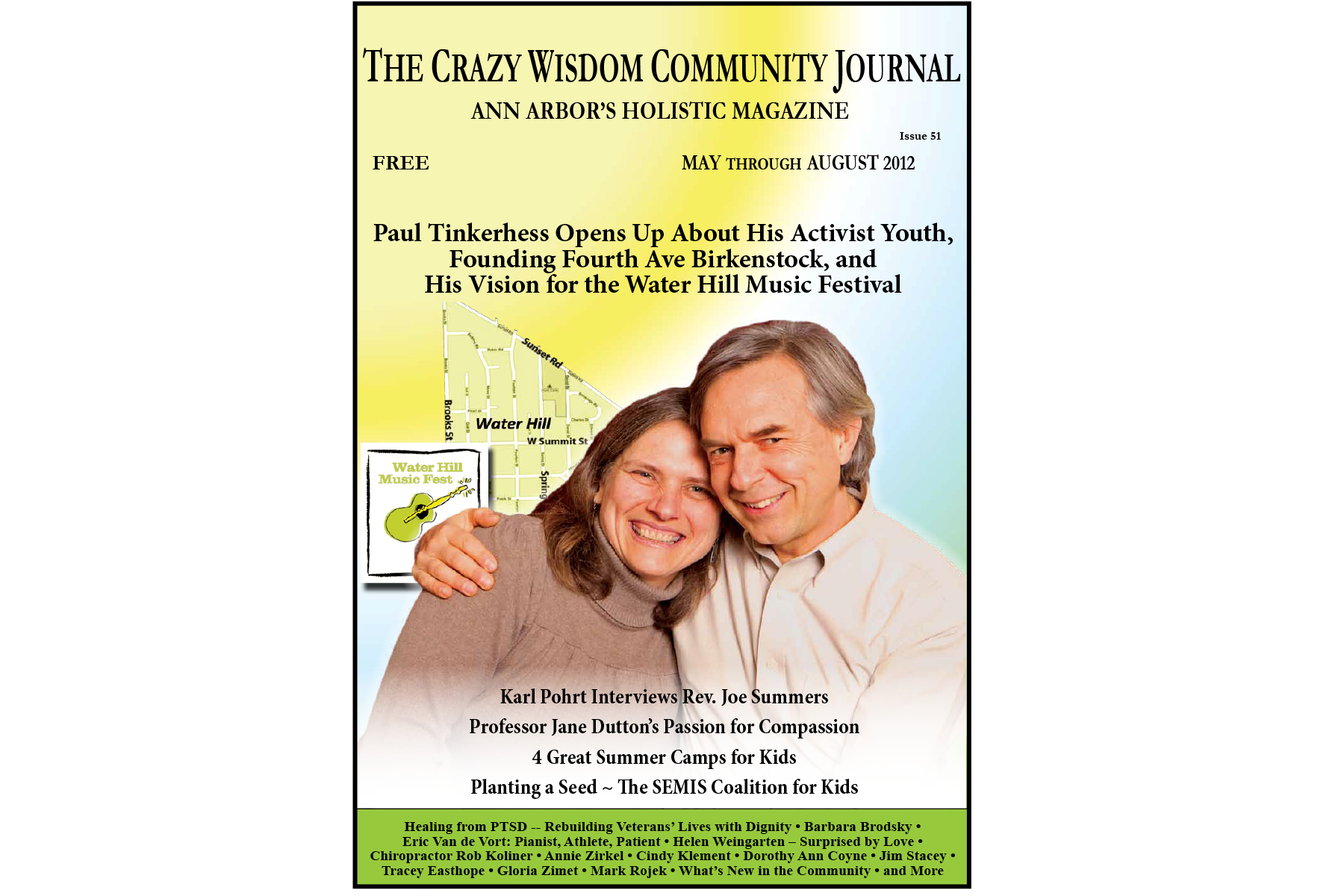
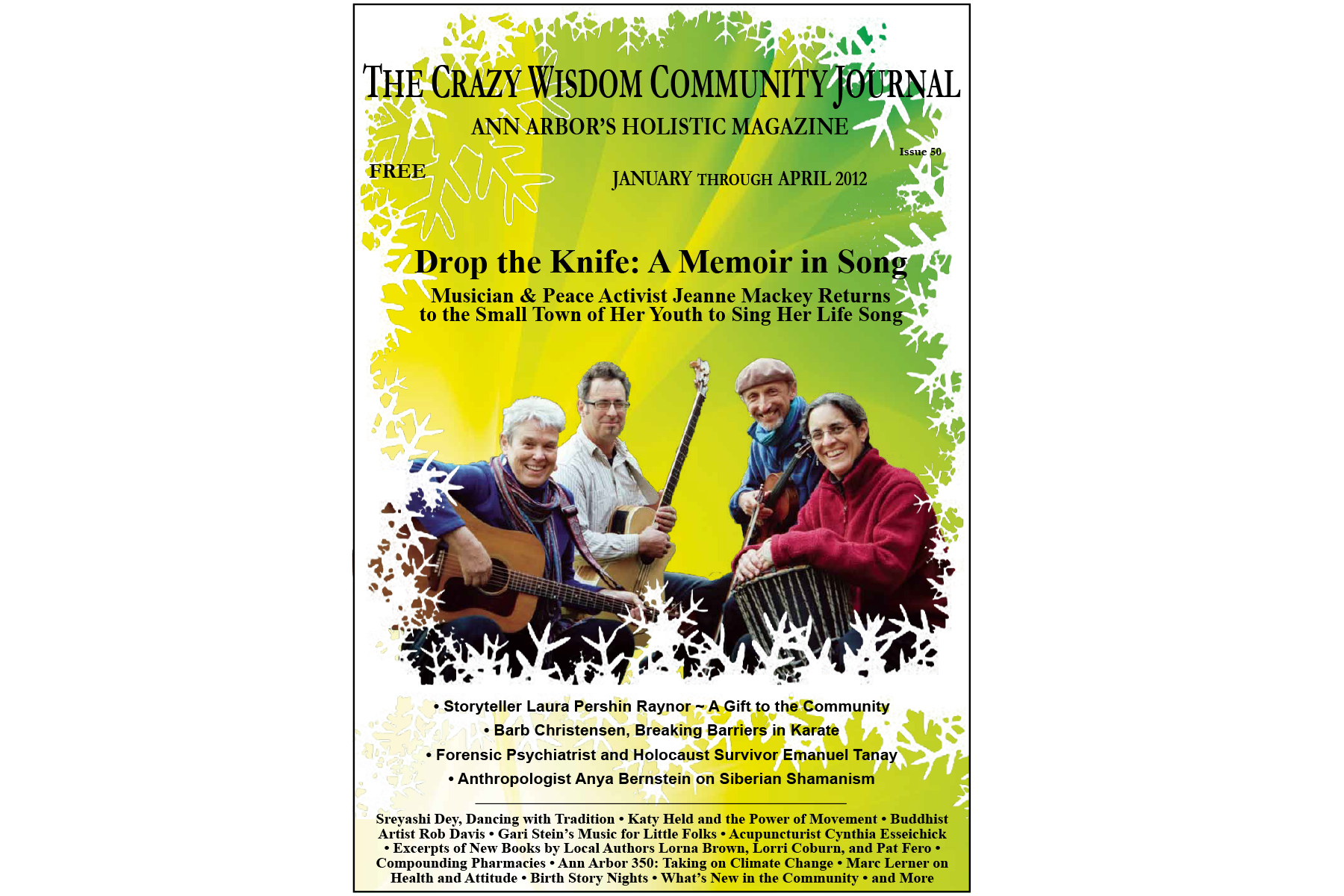

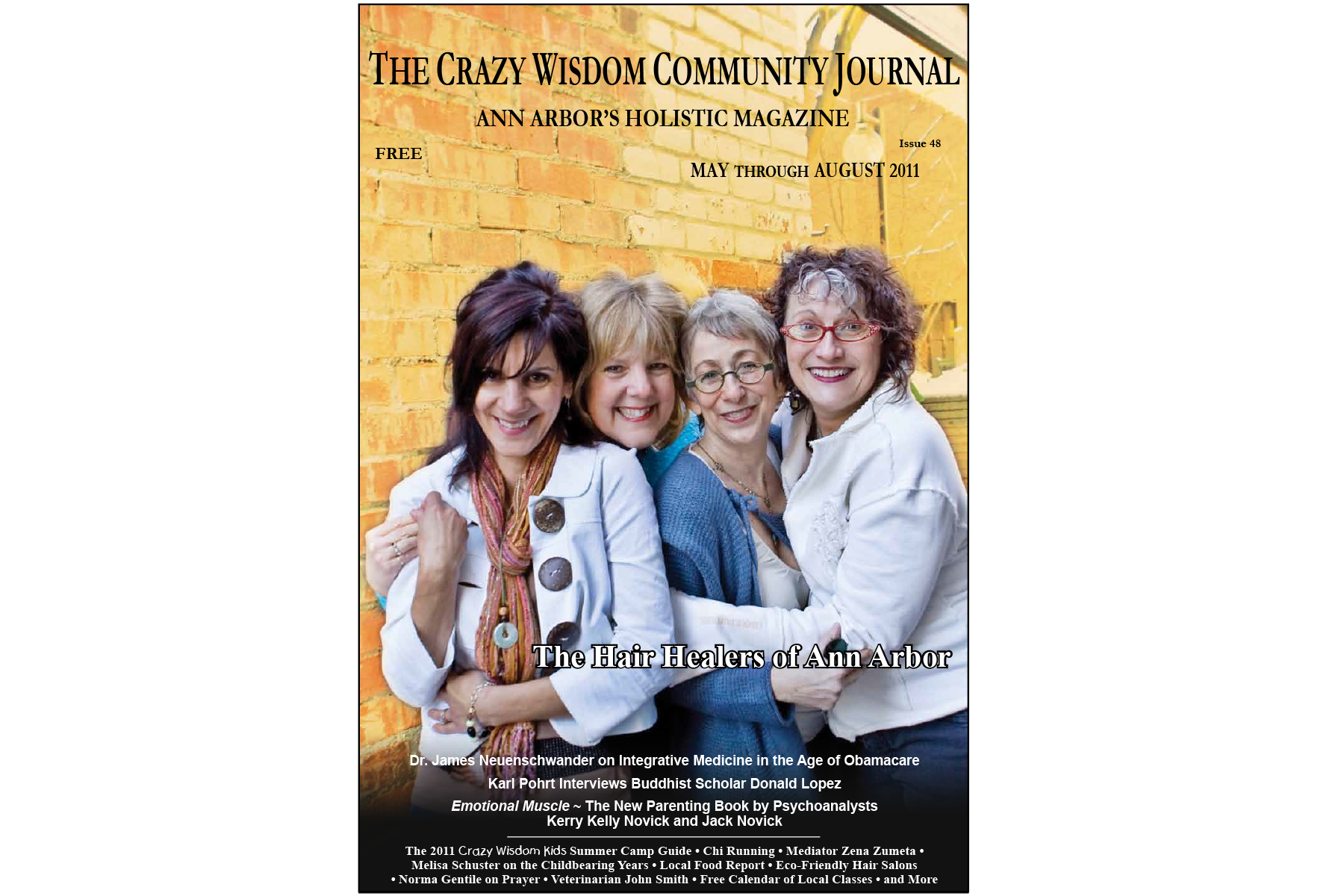

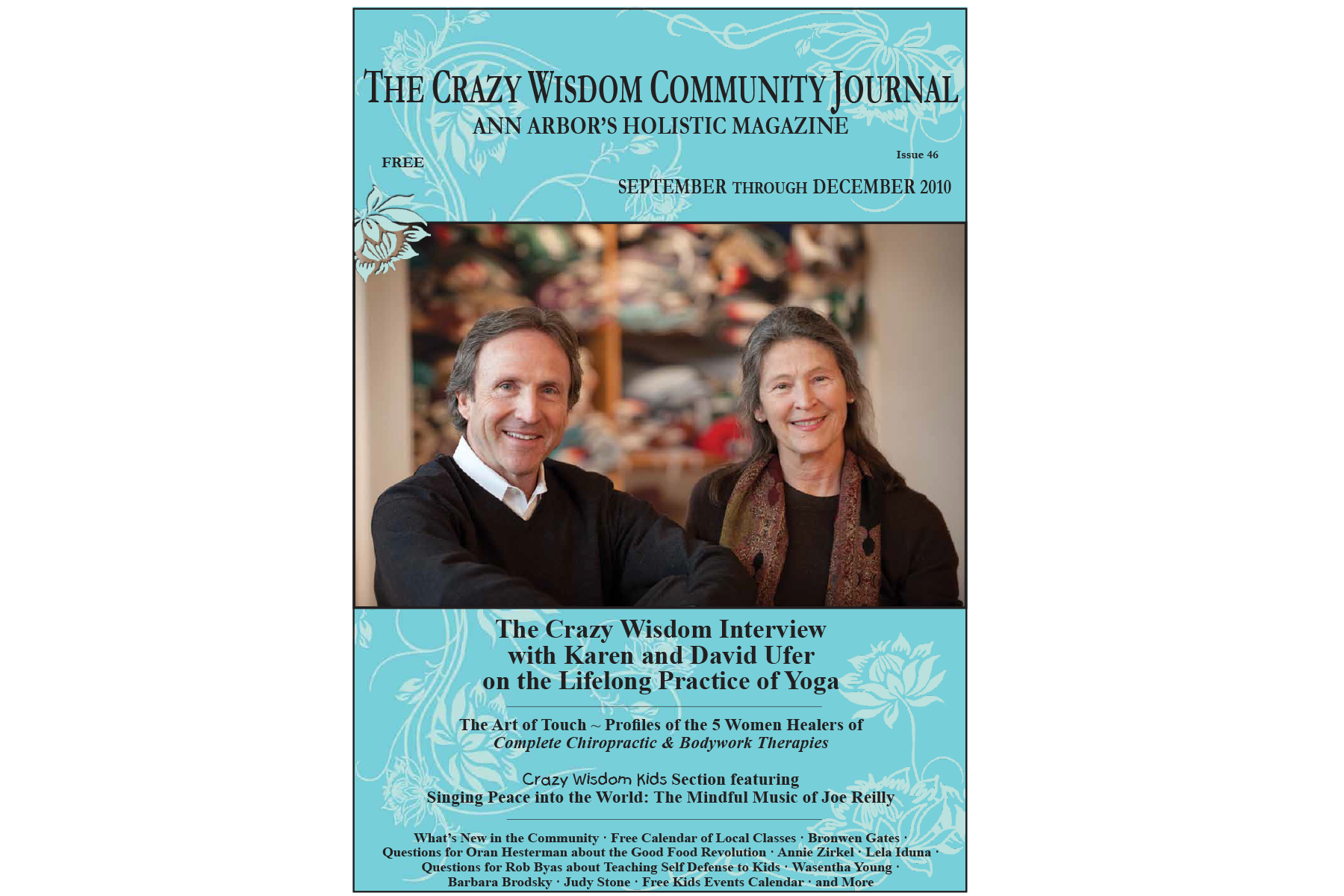
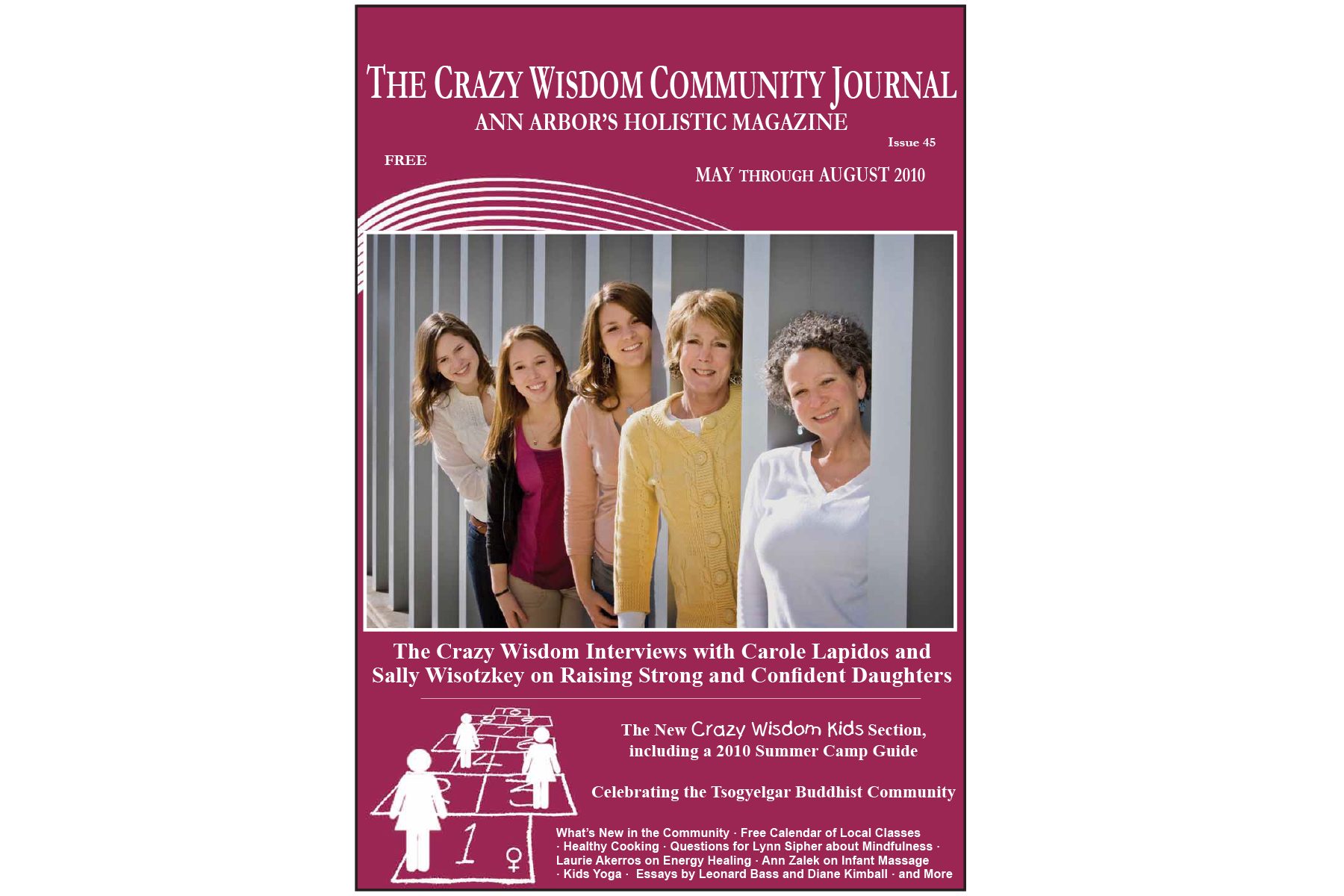
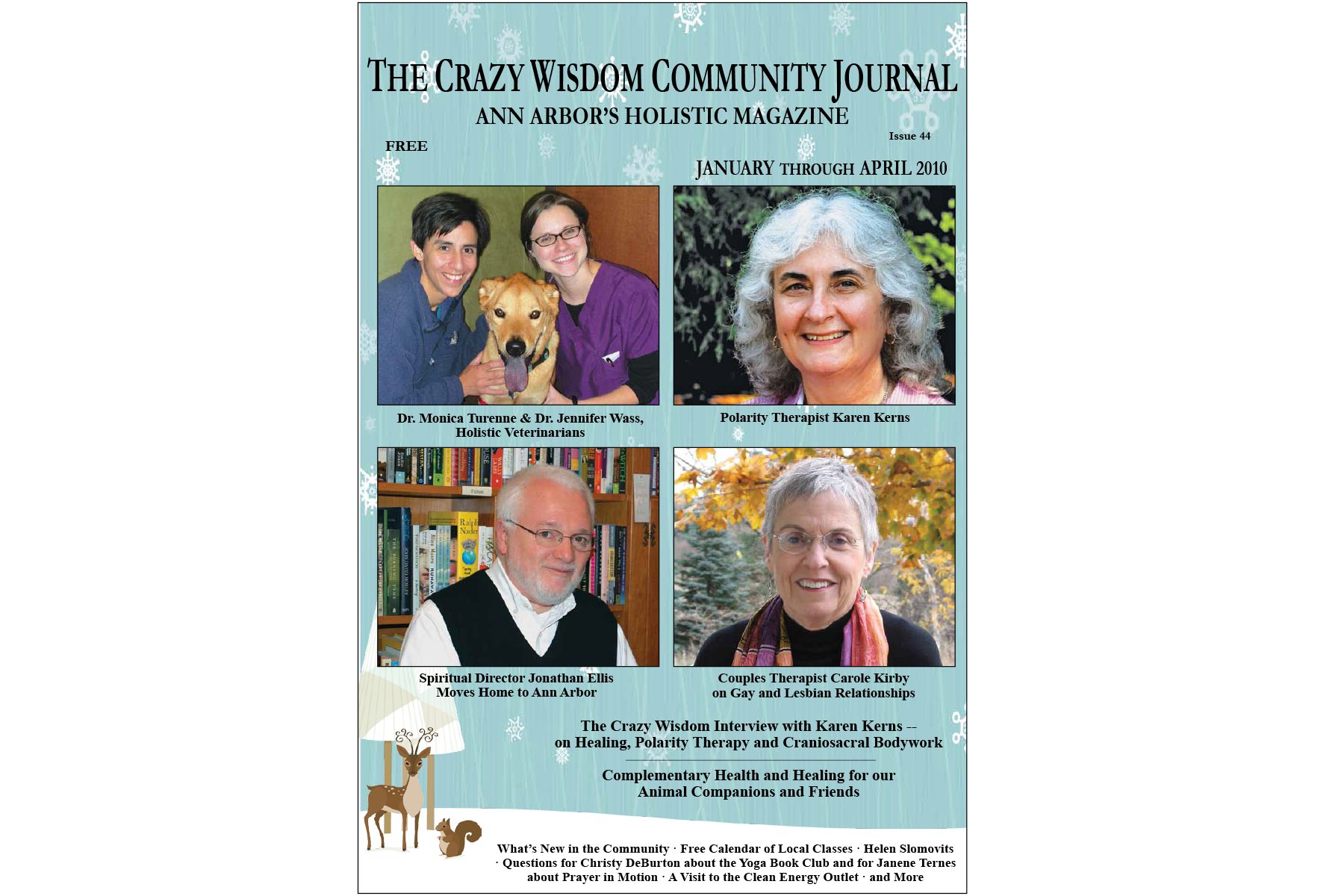
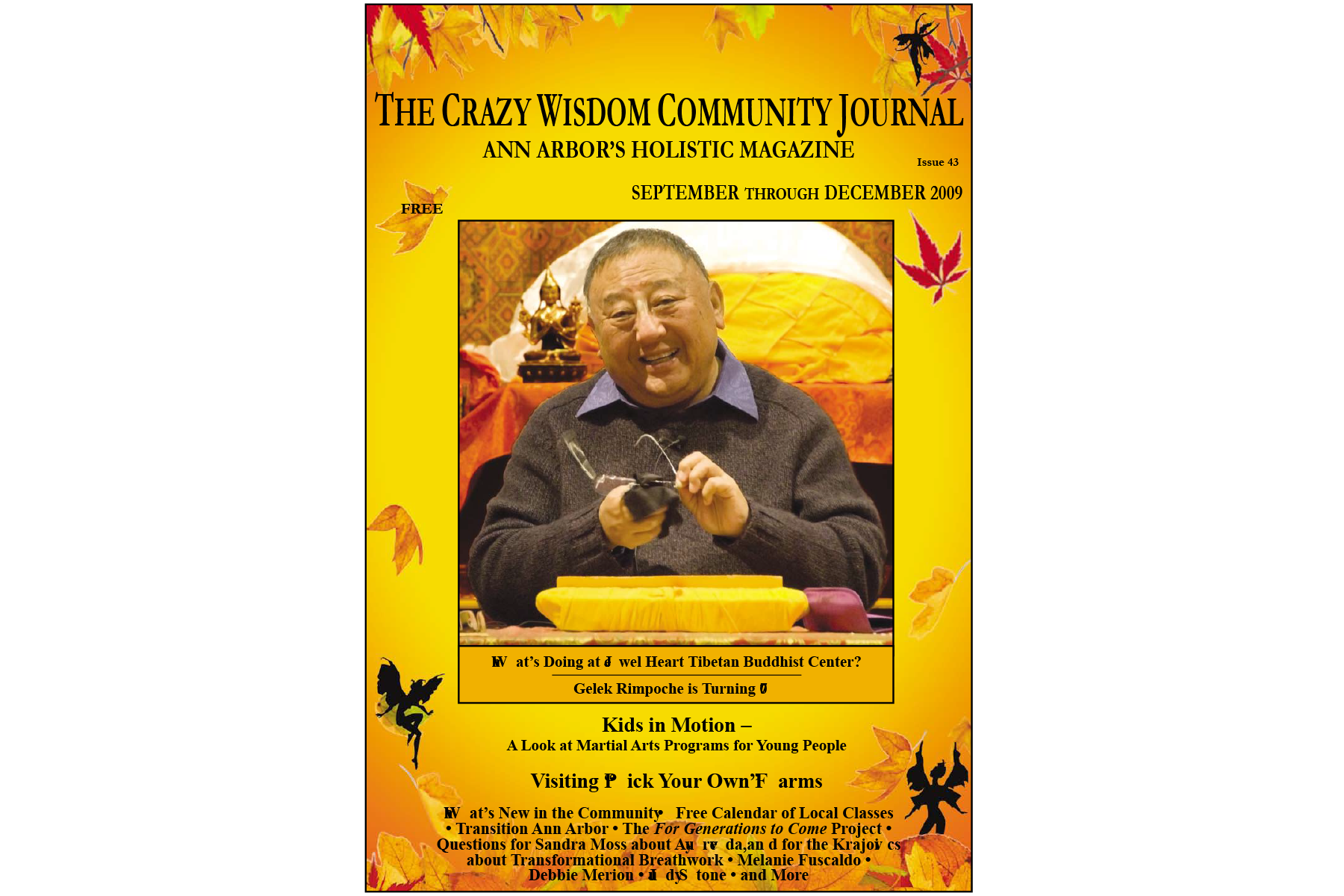


We have all seen the brightly painted portico and cheerful murals on the impressive brick building downtown Ann Arbor and wondered, “What is this place?” The Neutral Zone was founded in 1998 by teens, and for teens, with a simple yet profound mission: to create a safe space for youth in Ann Arbor. Simple, maybe, but not static.